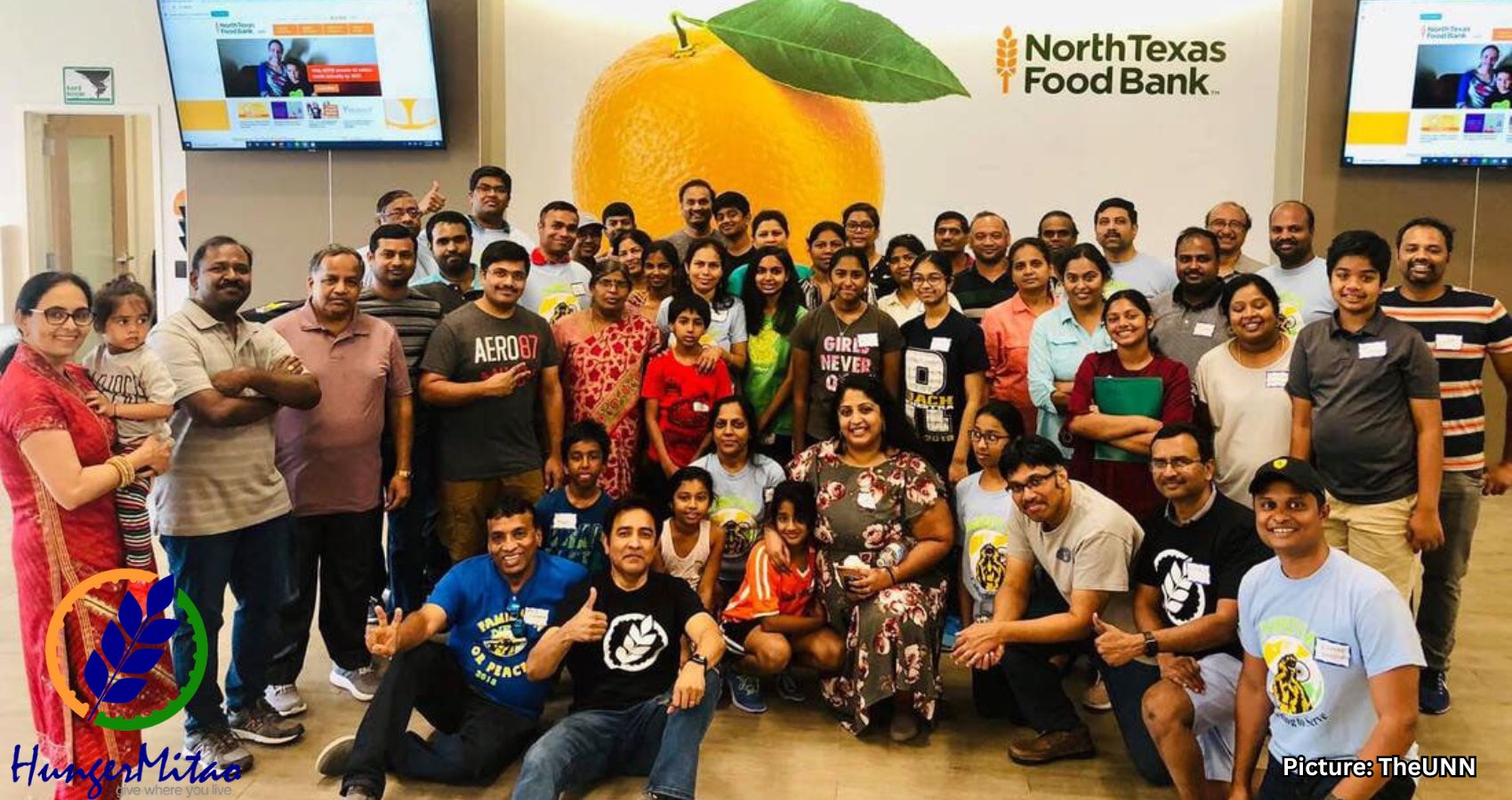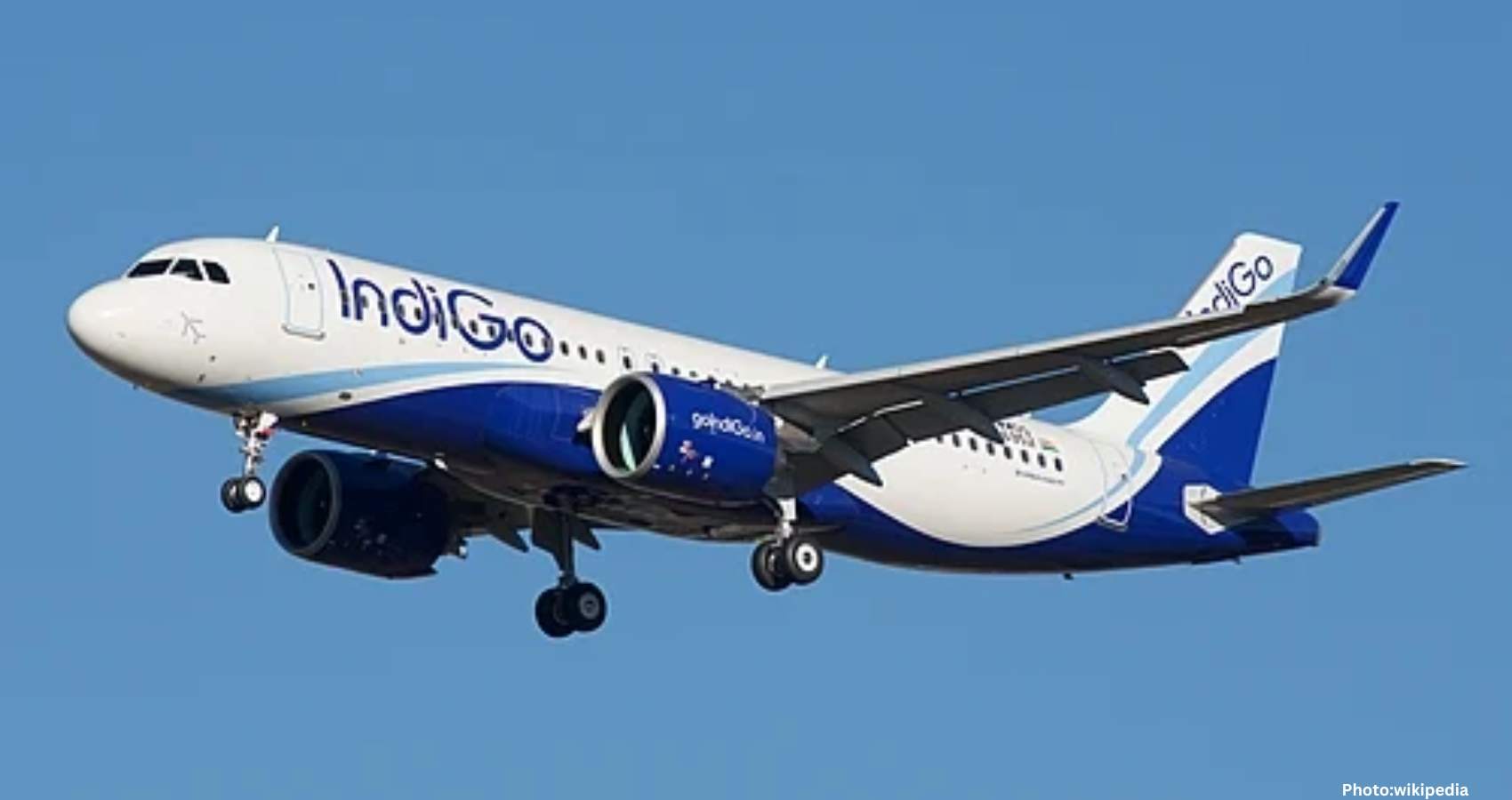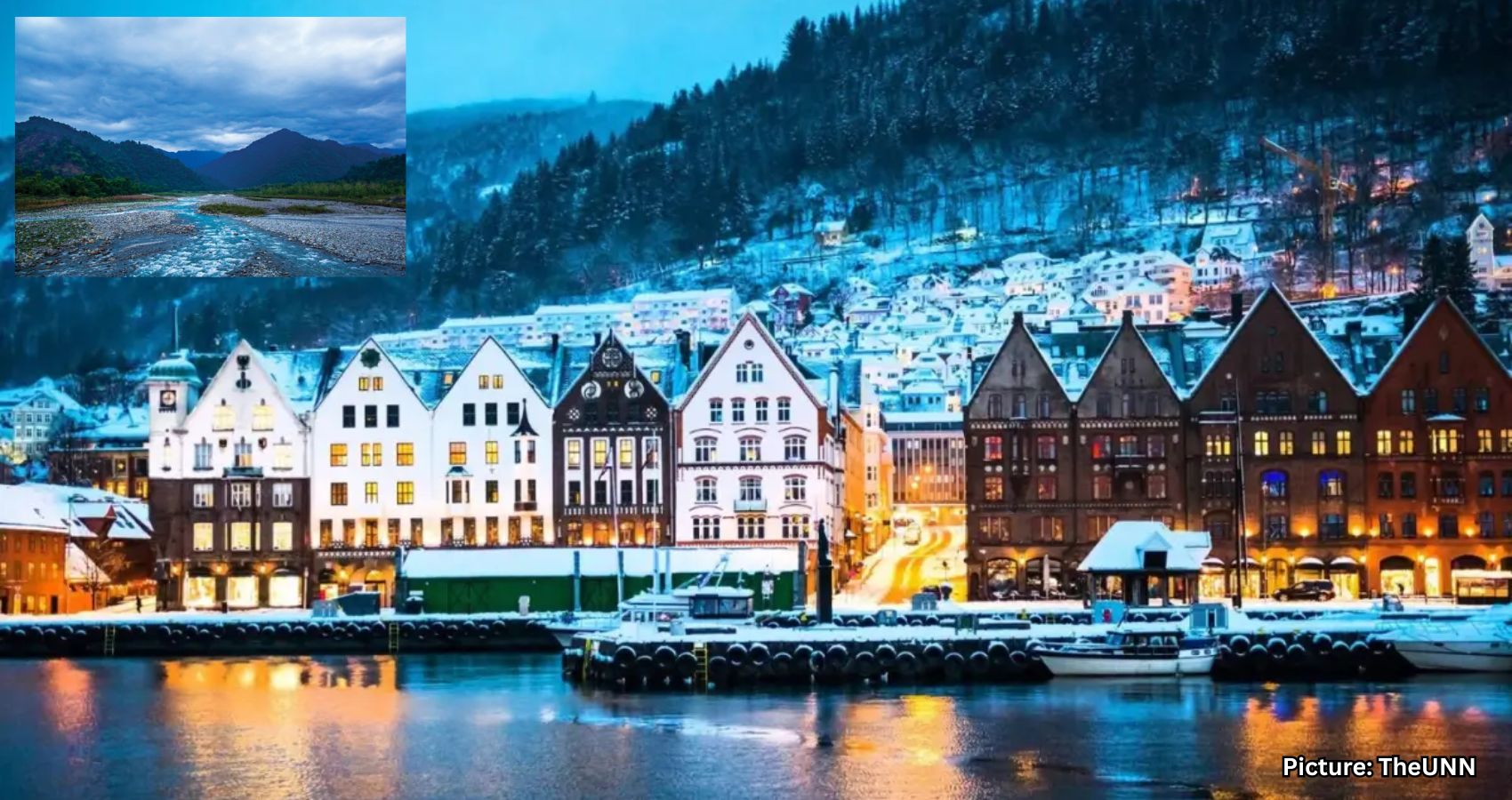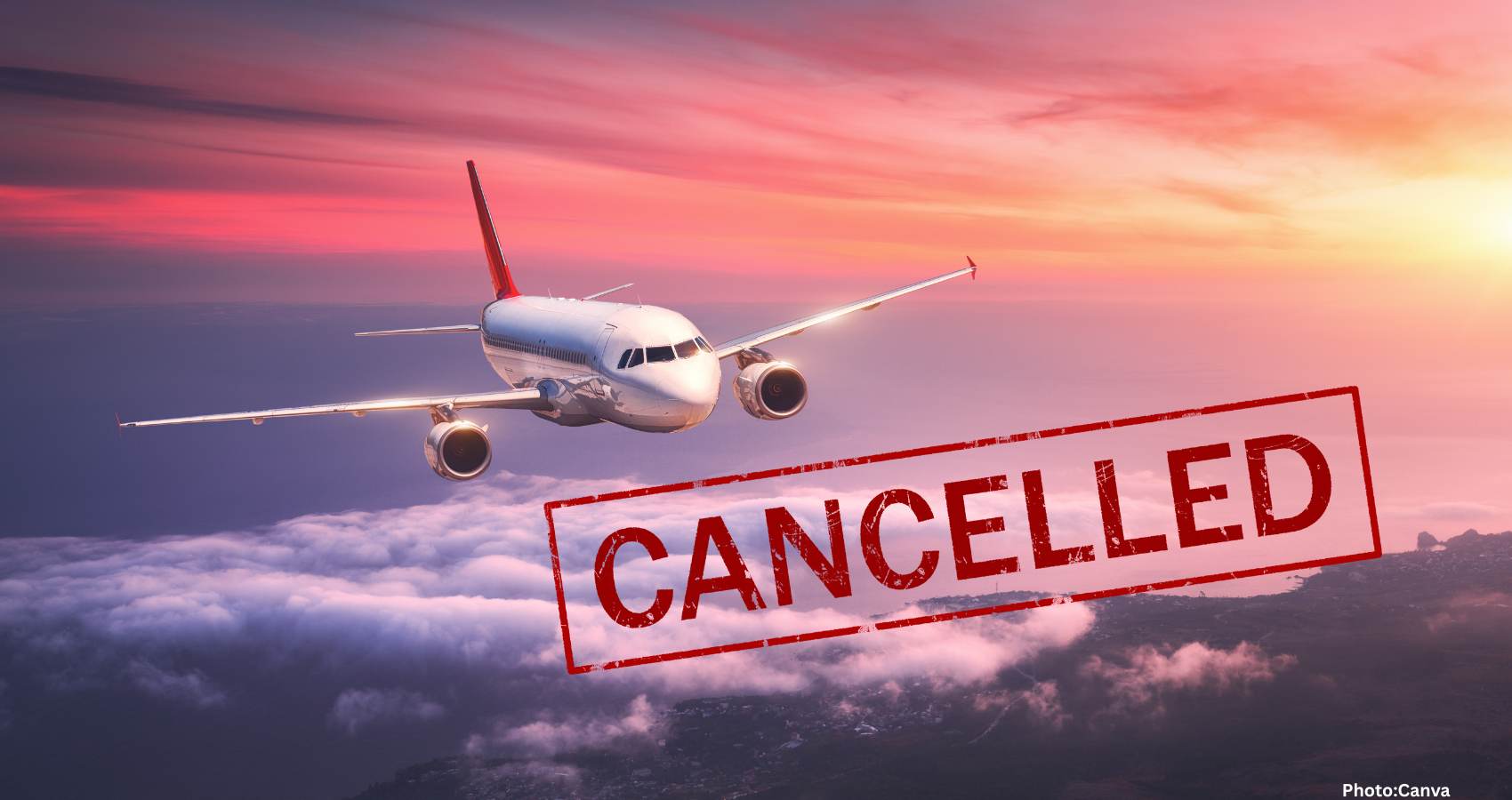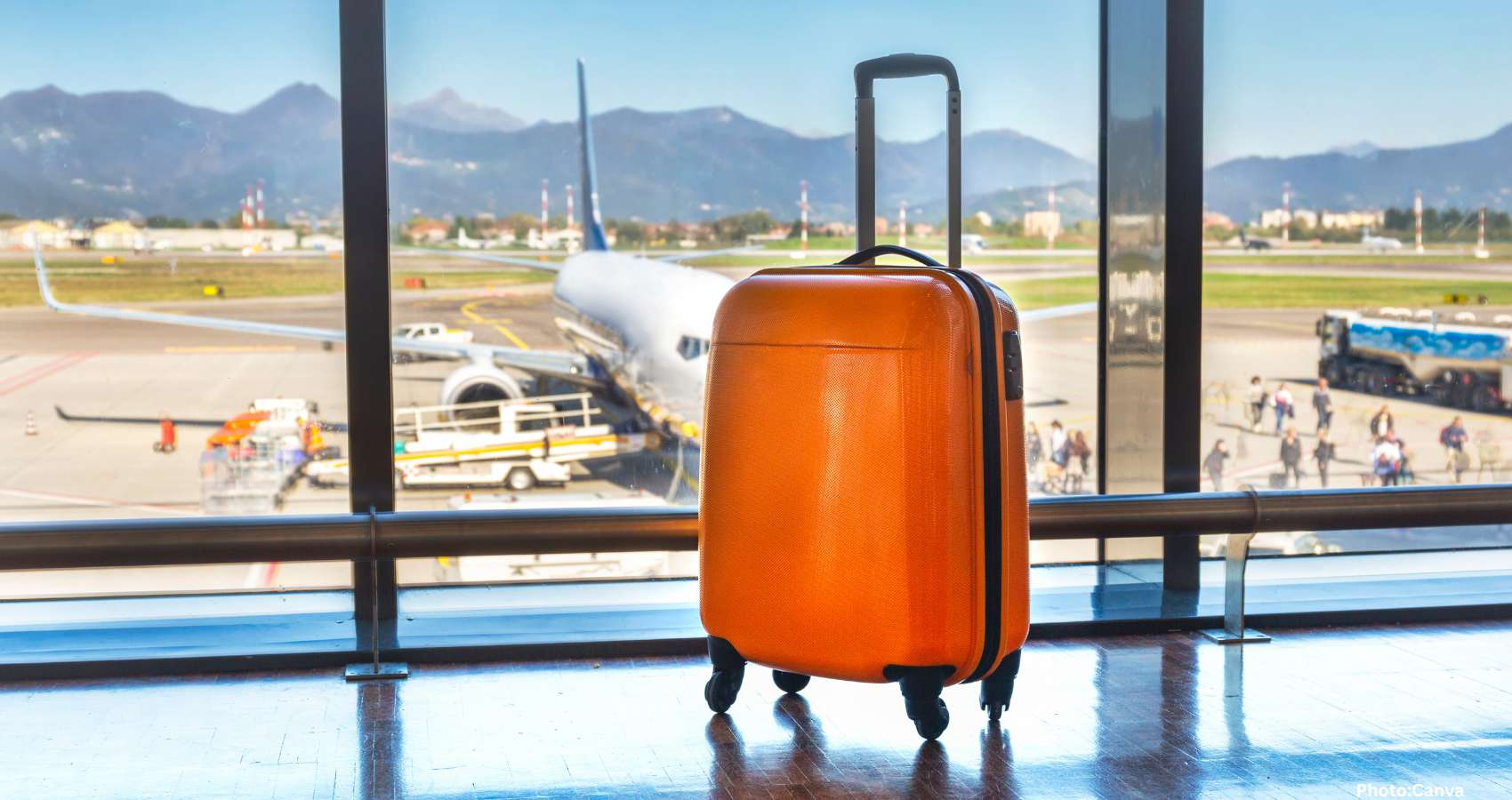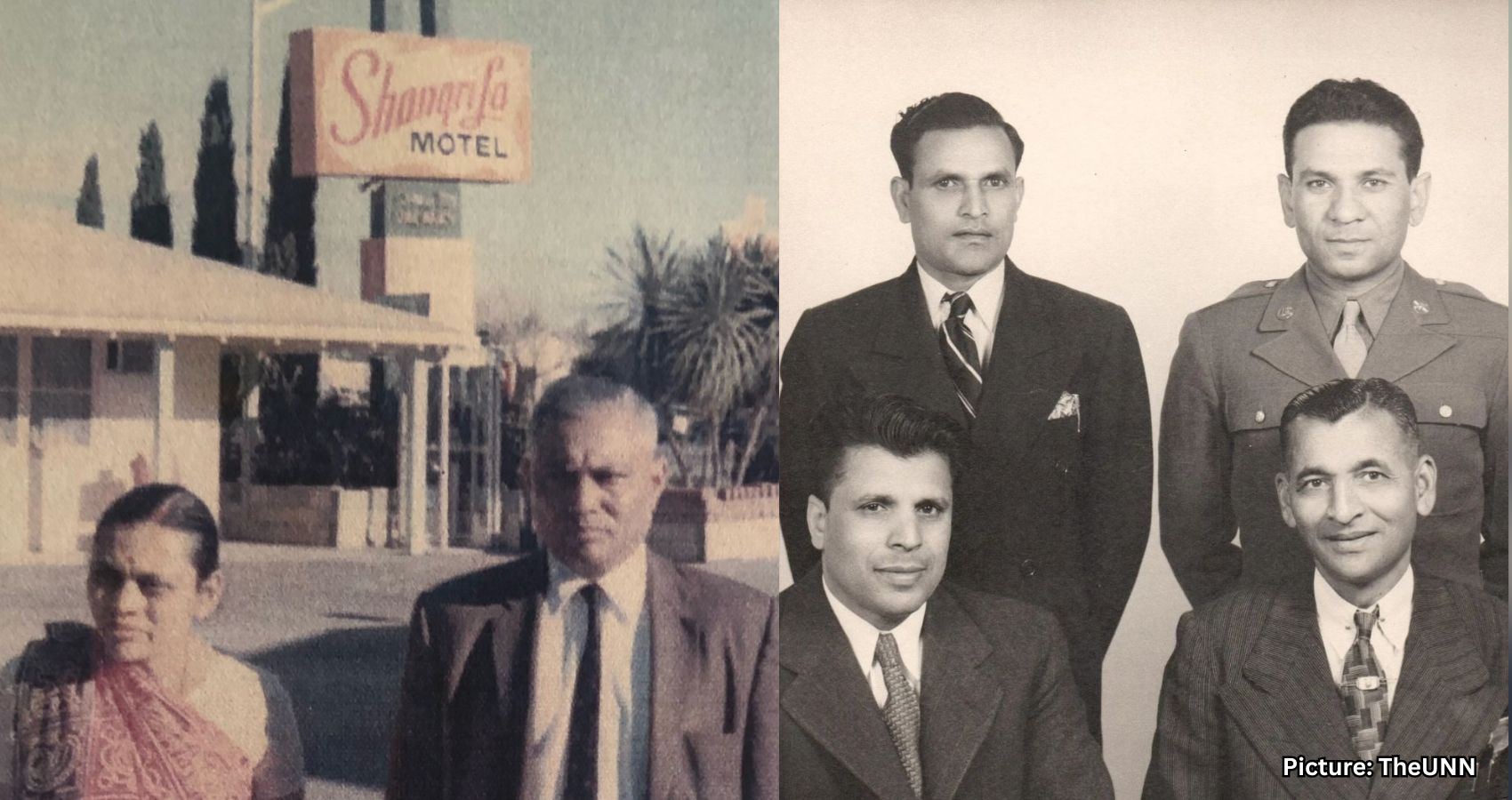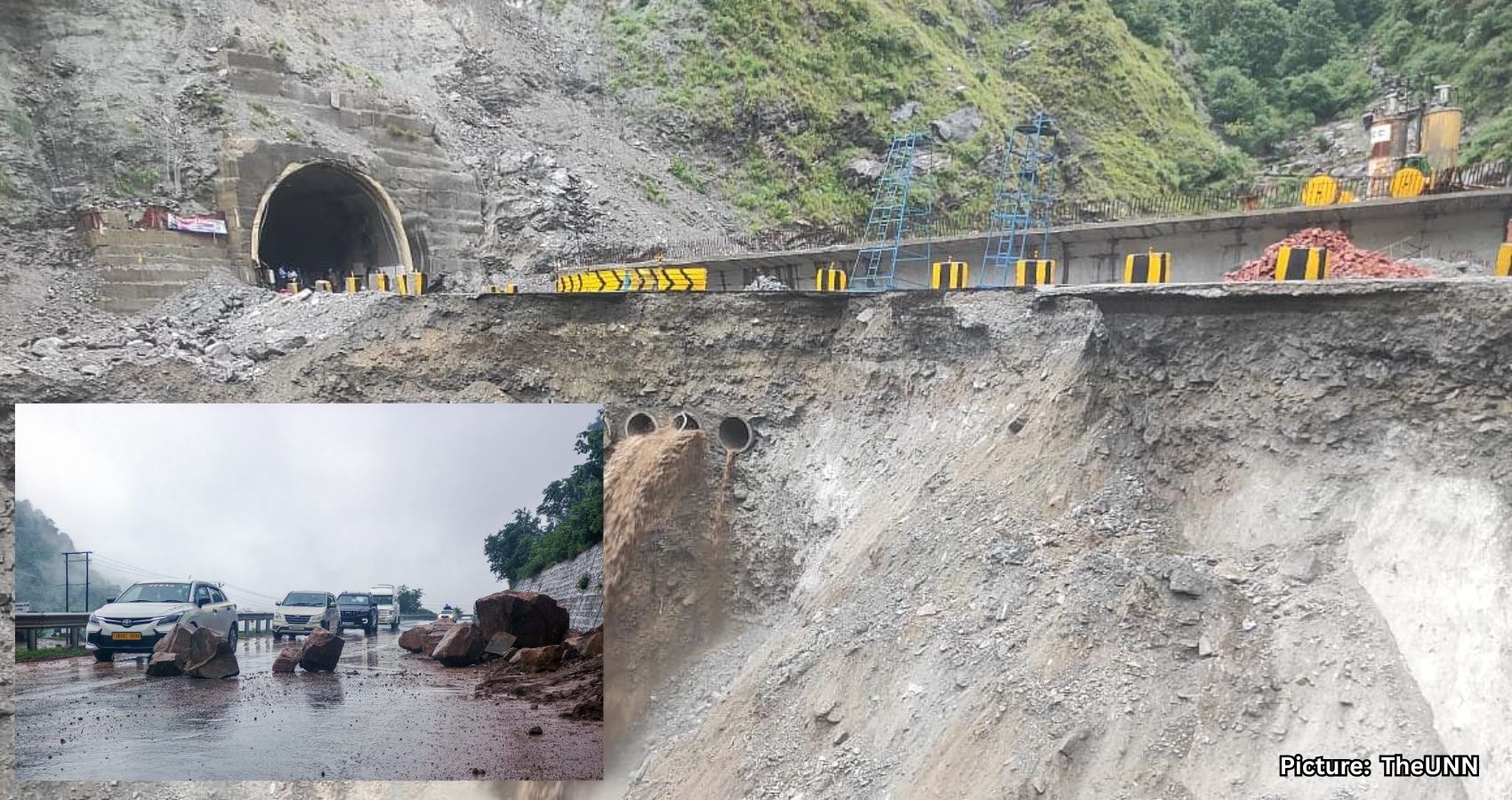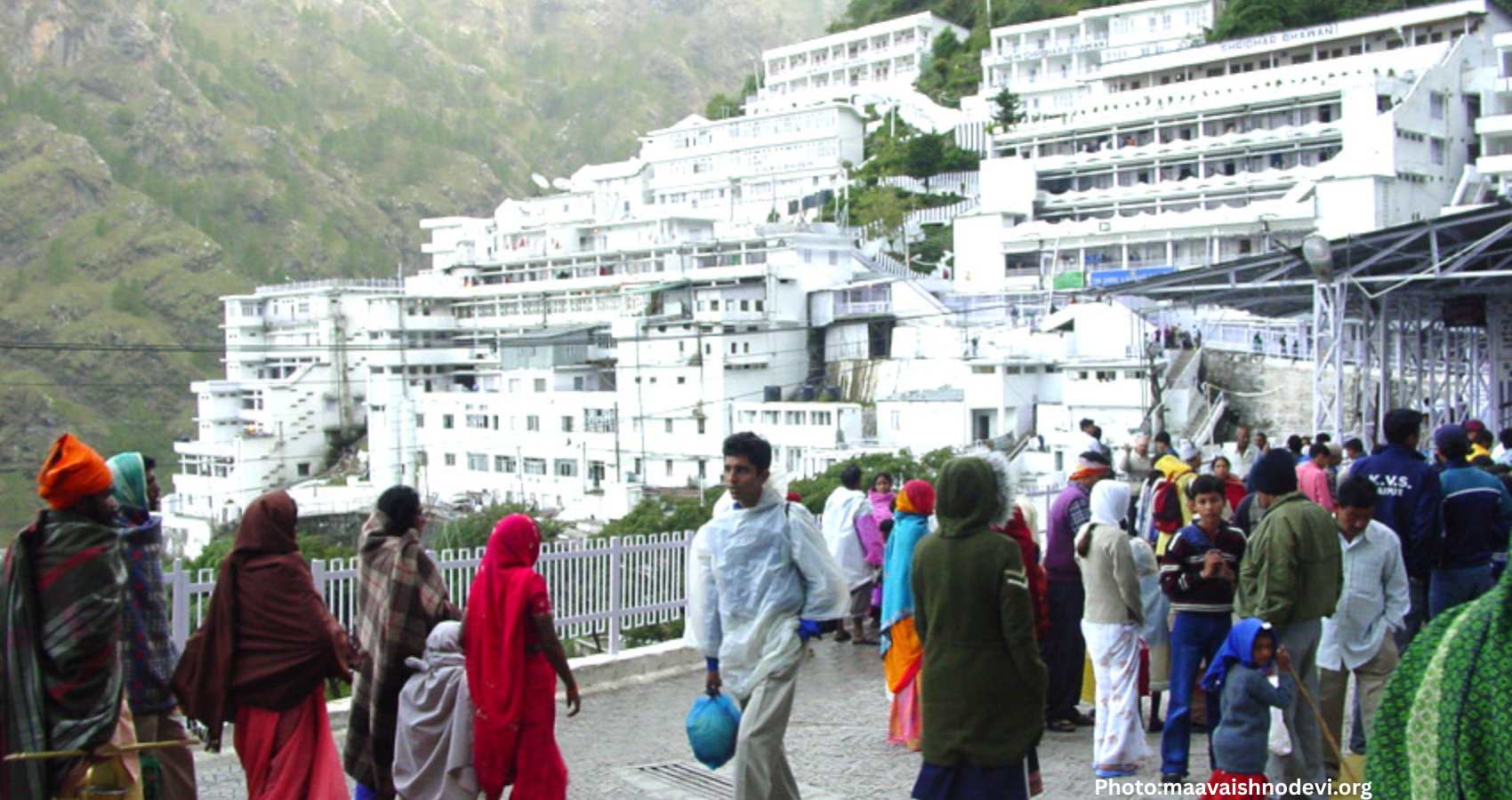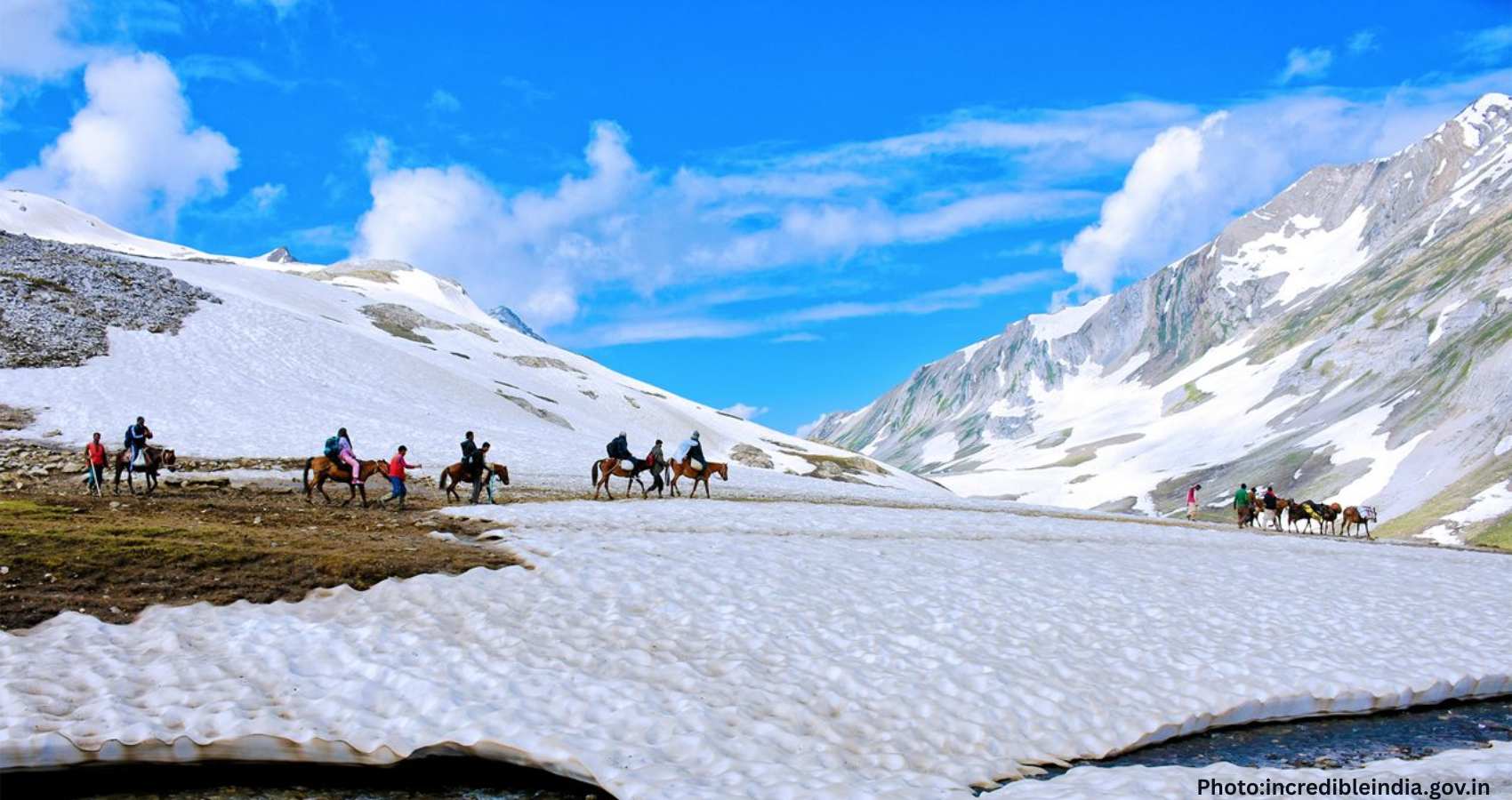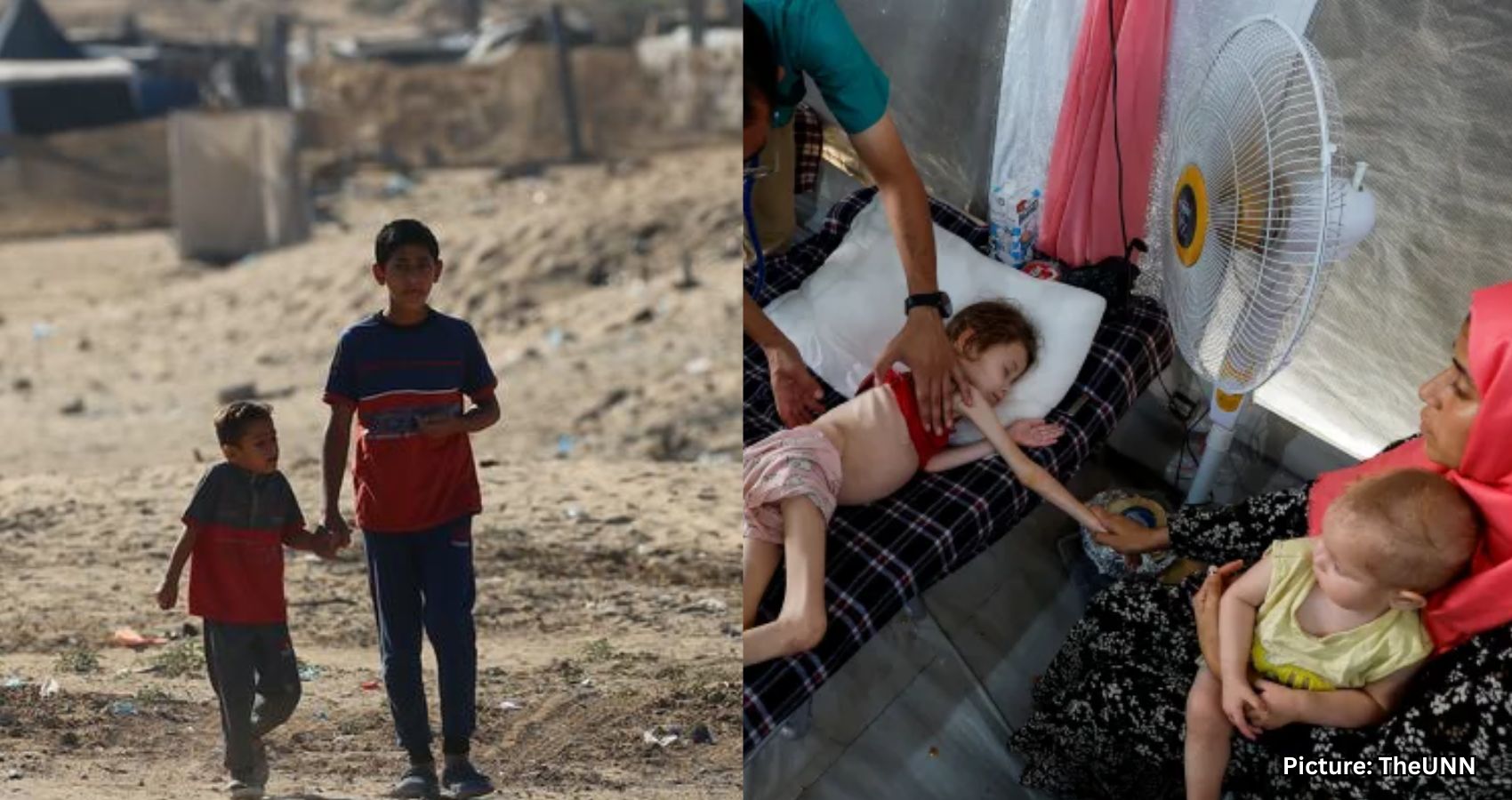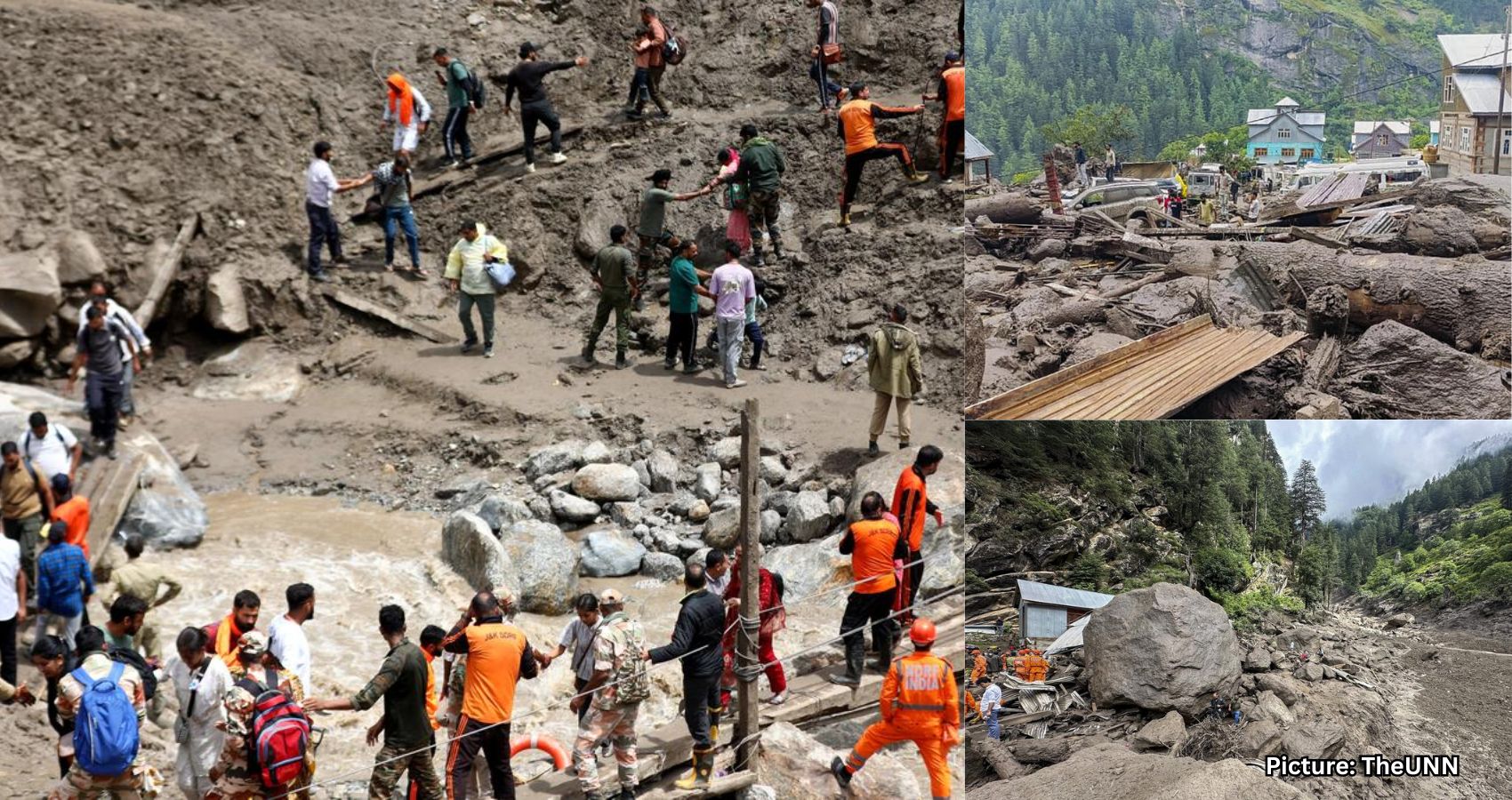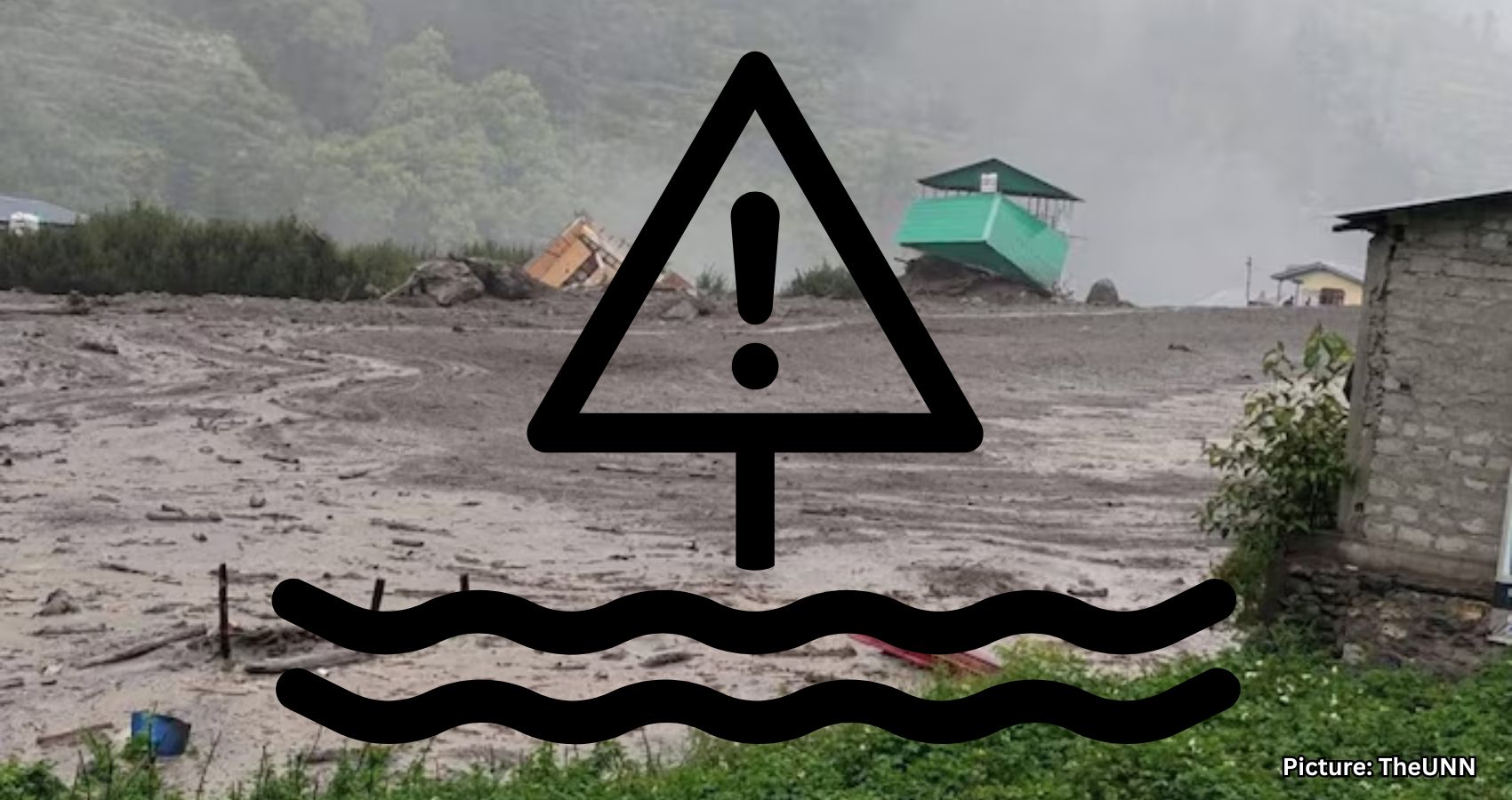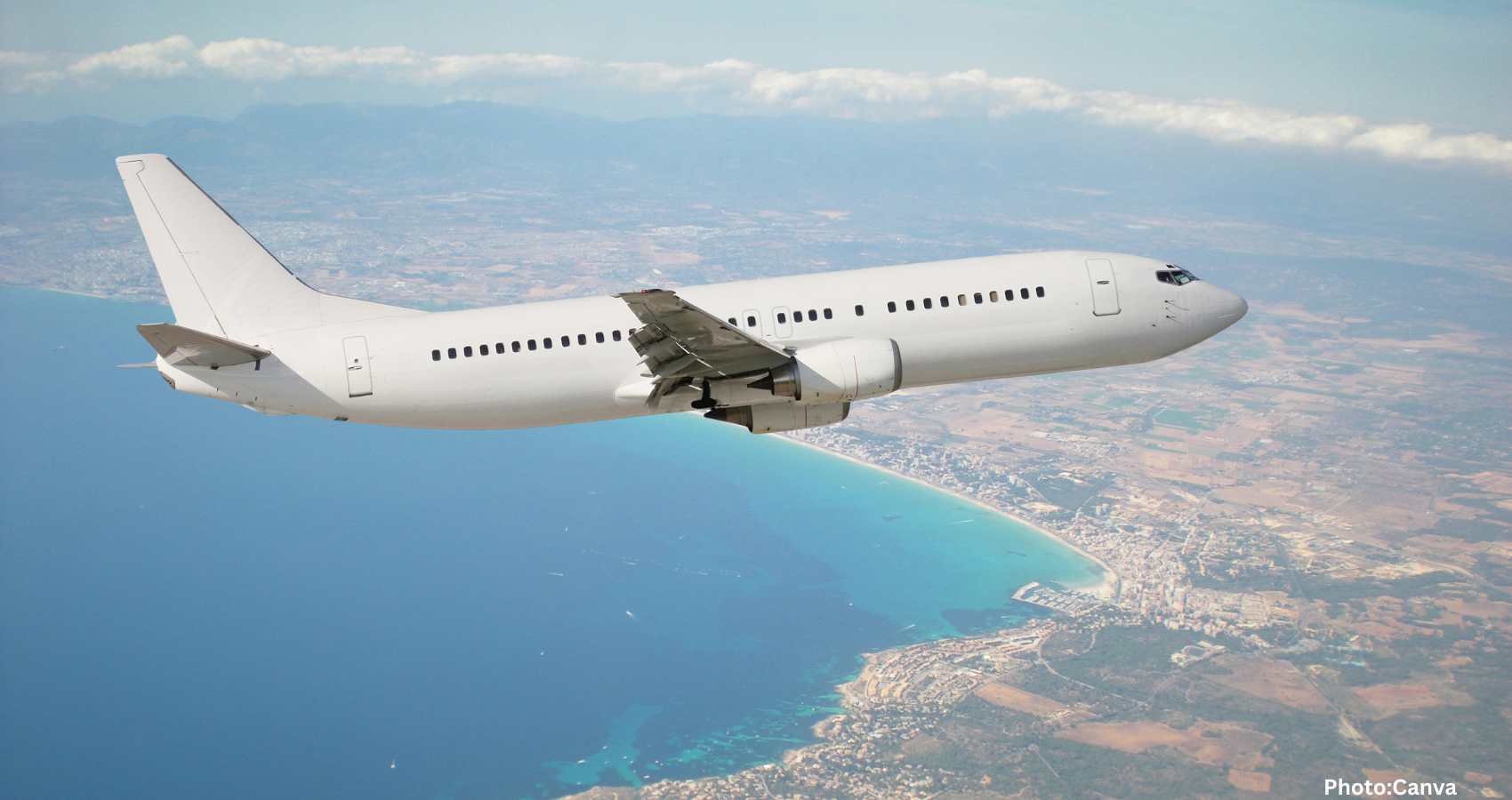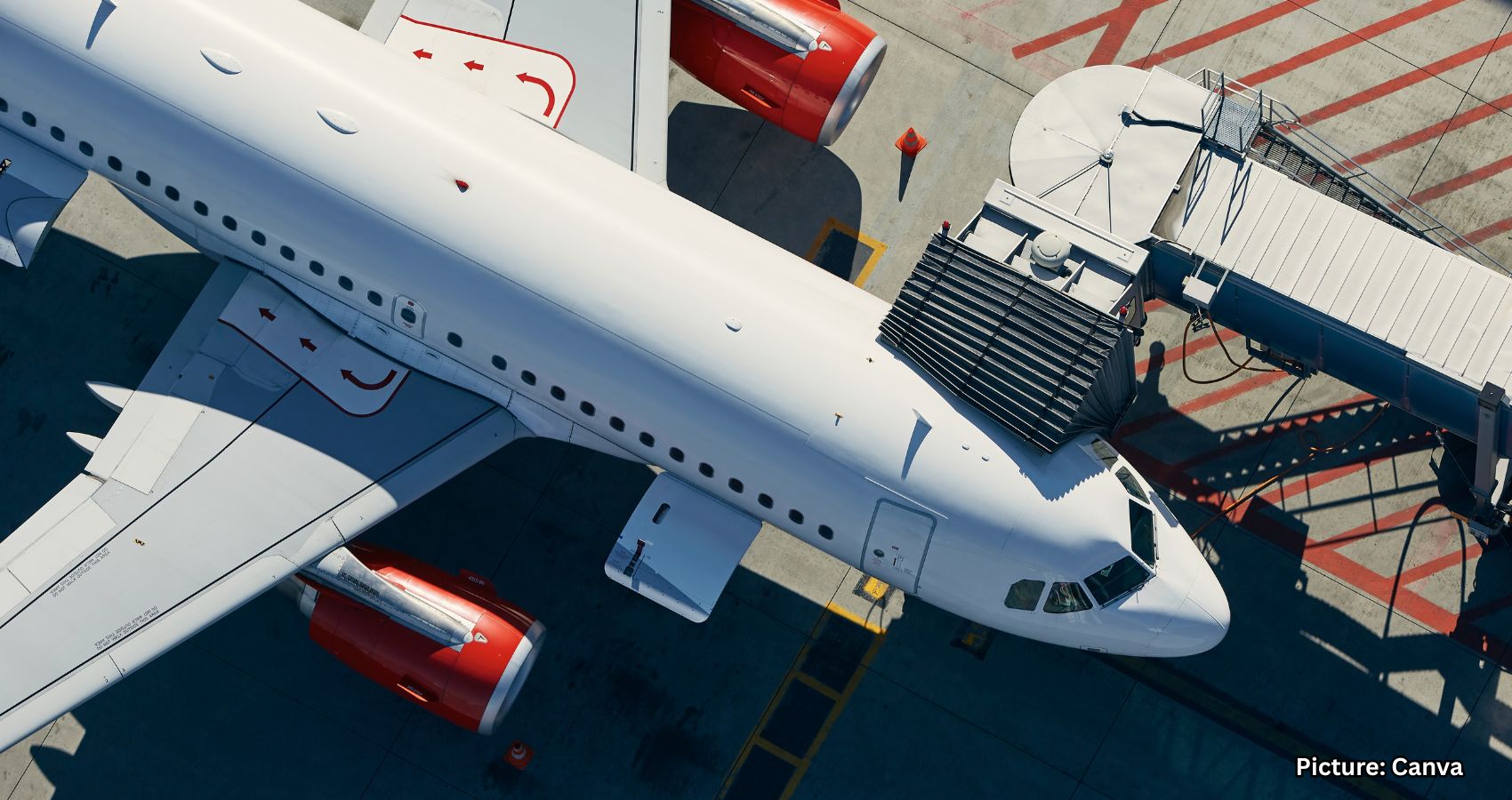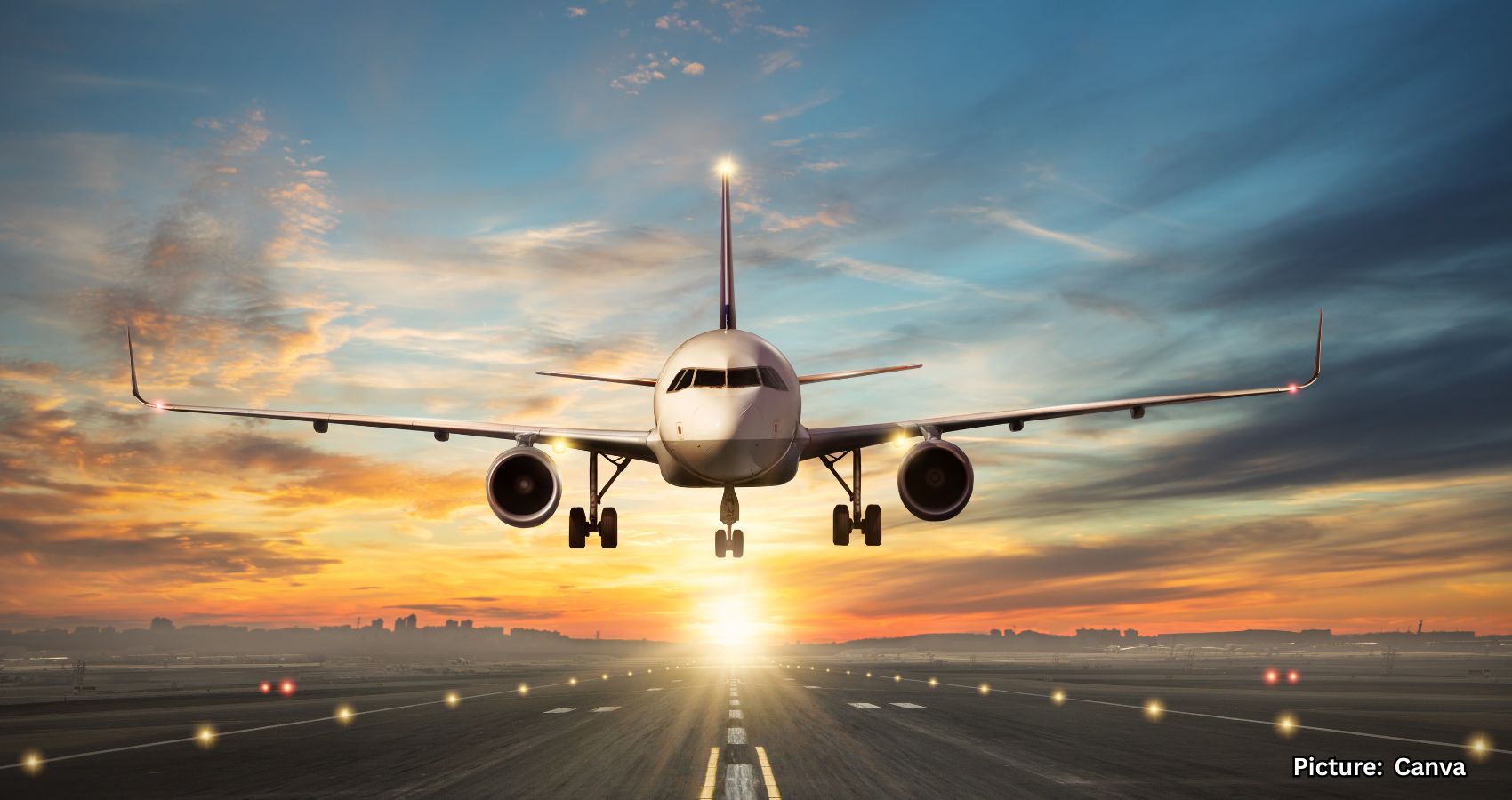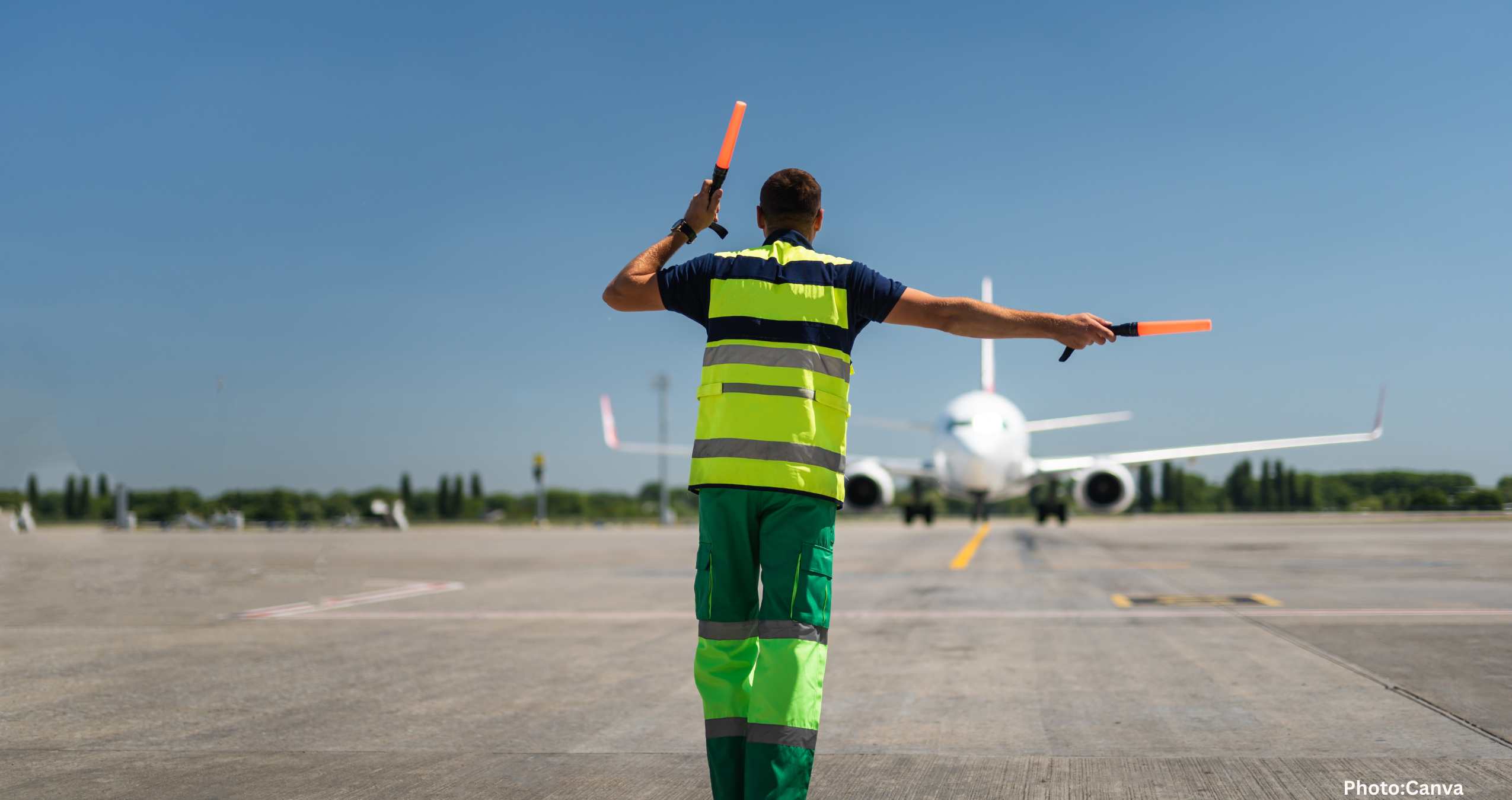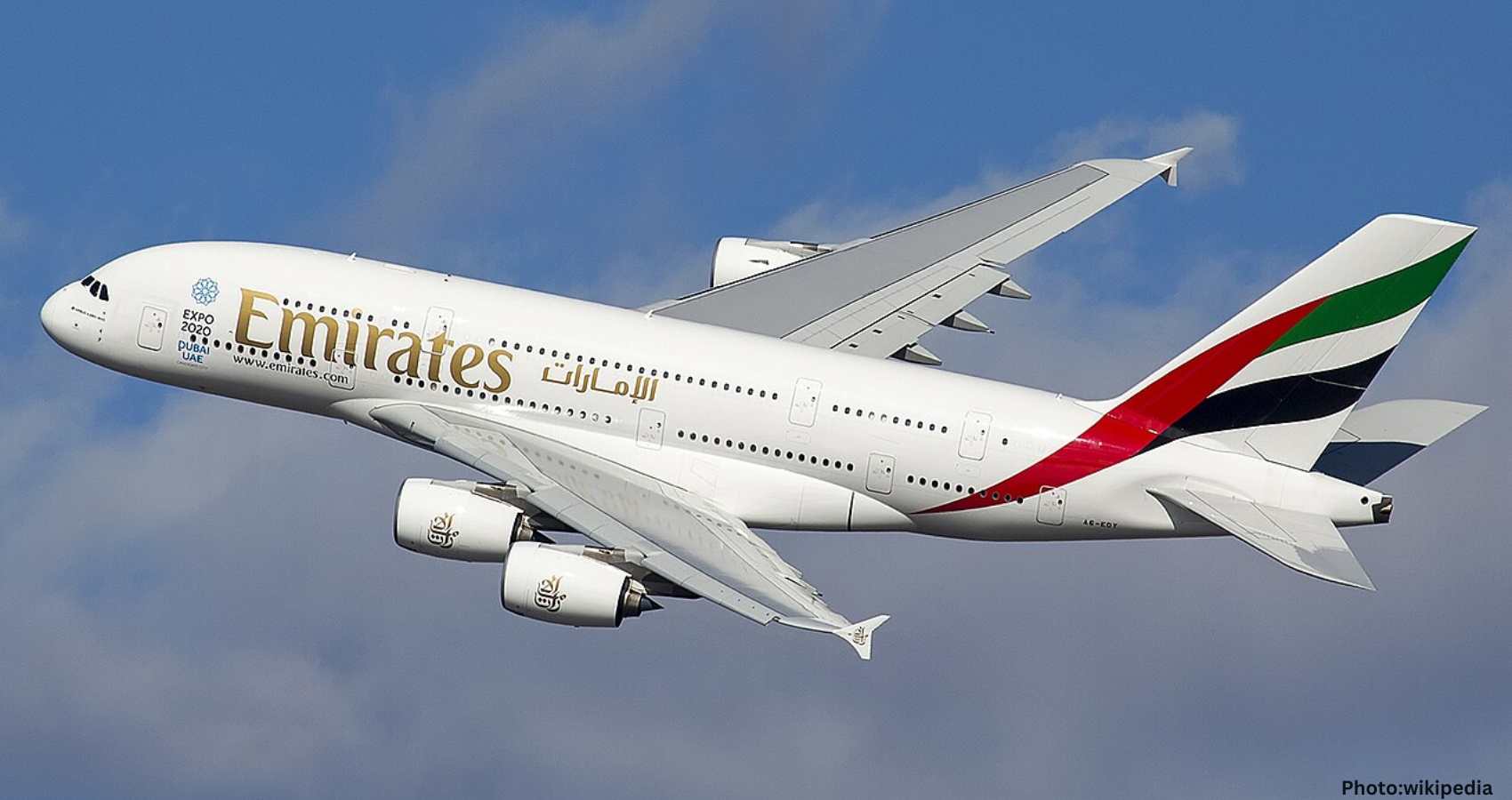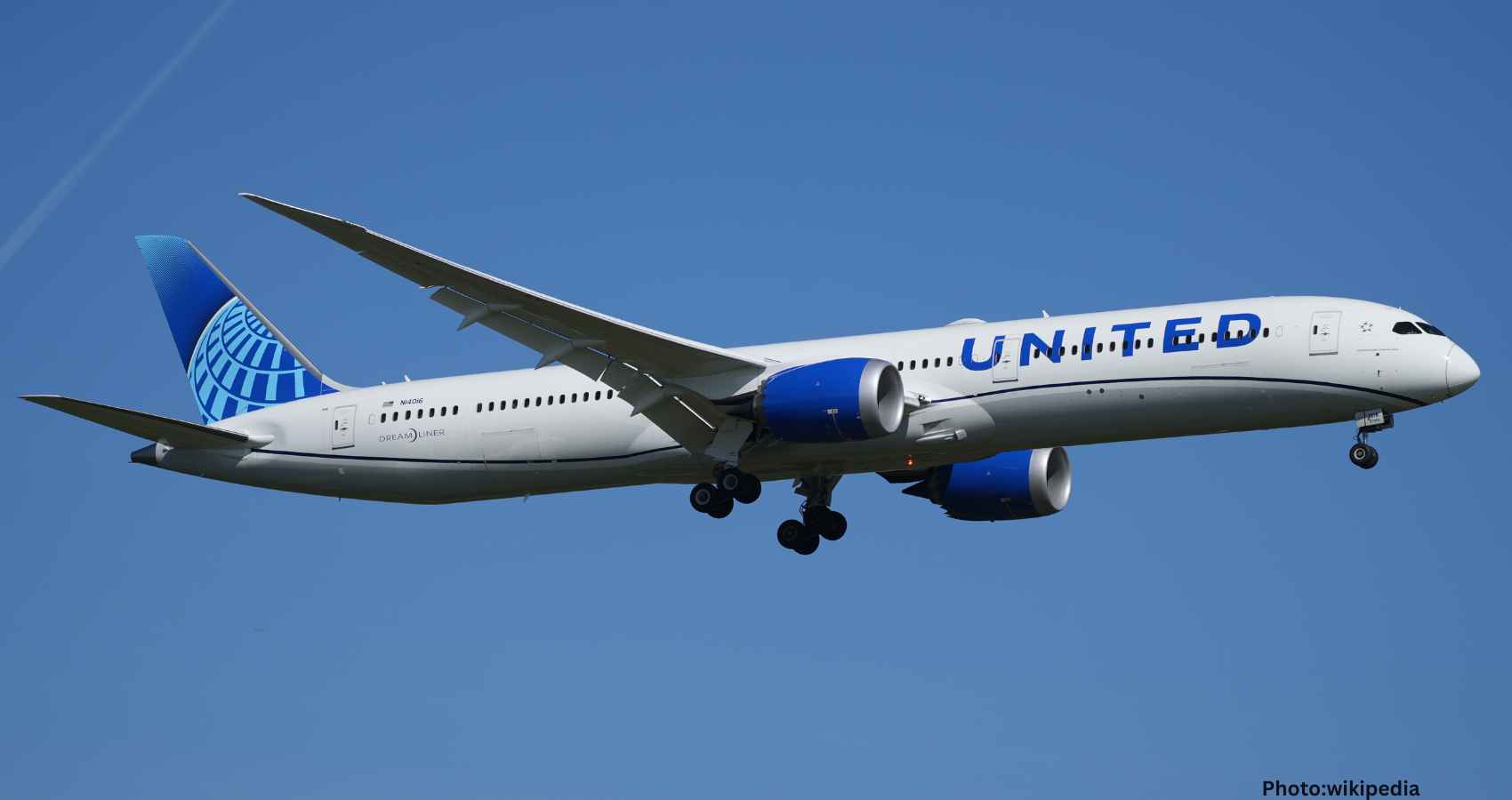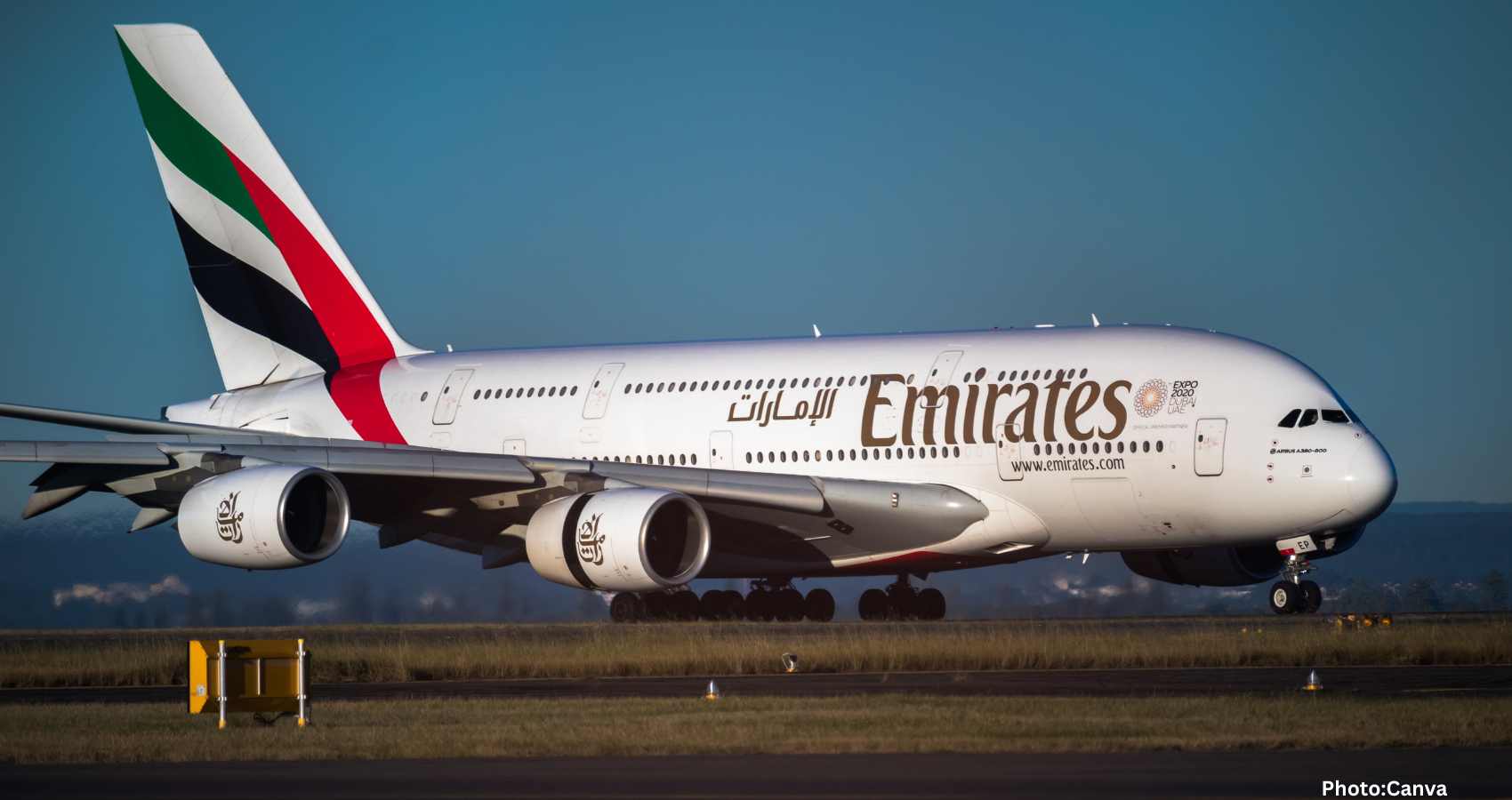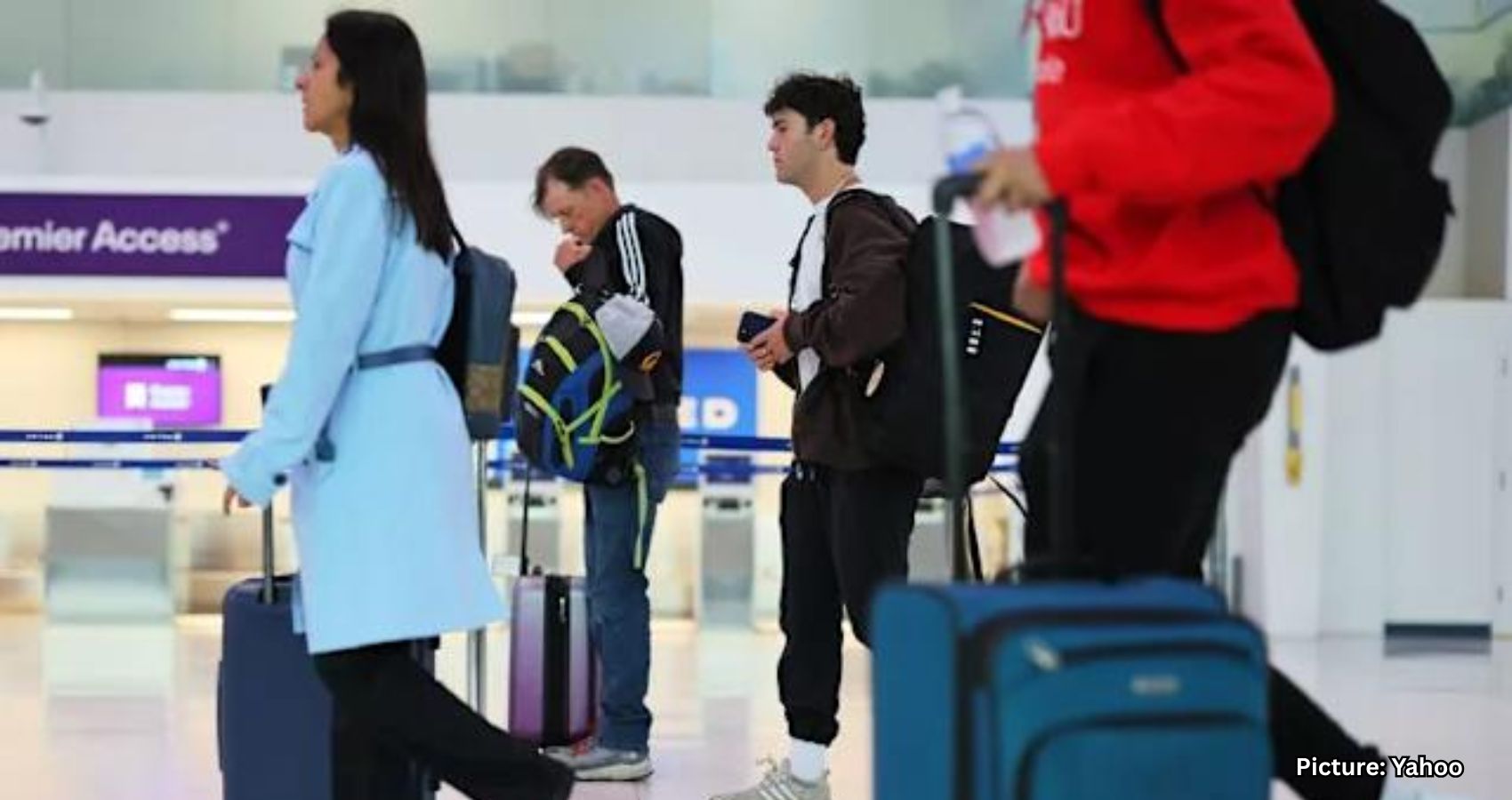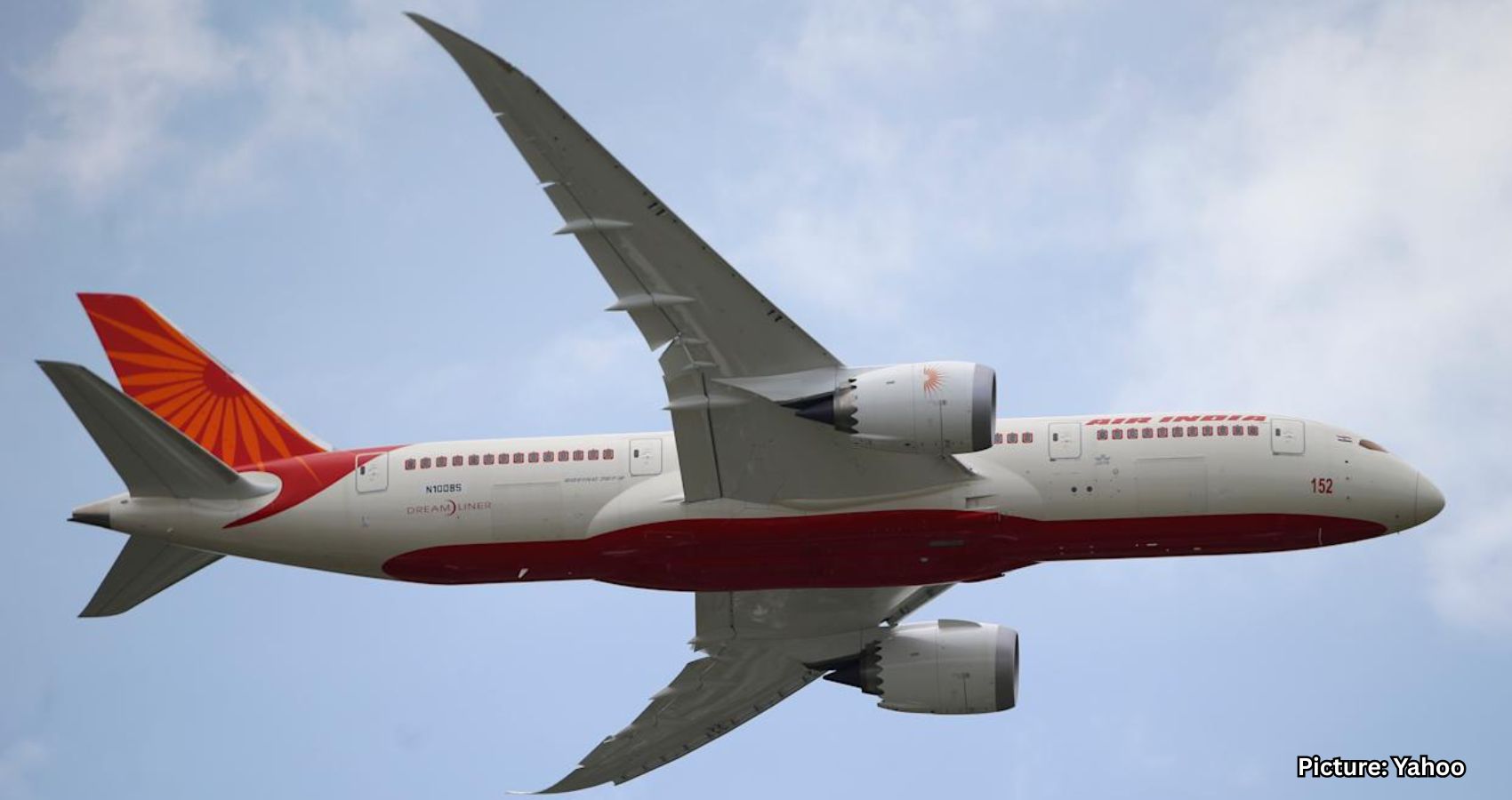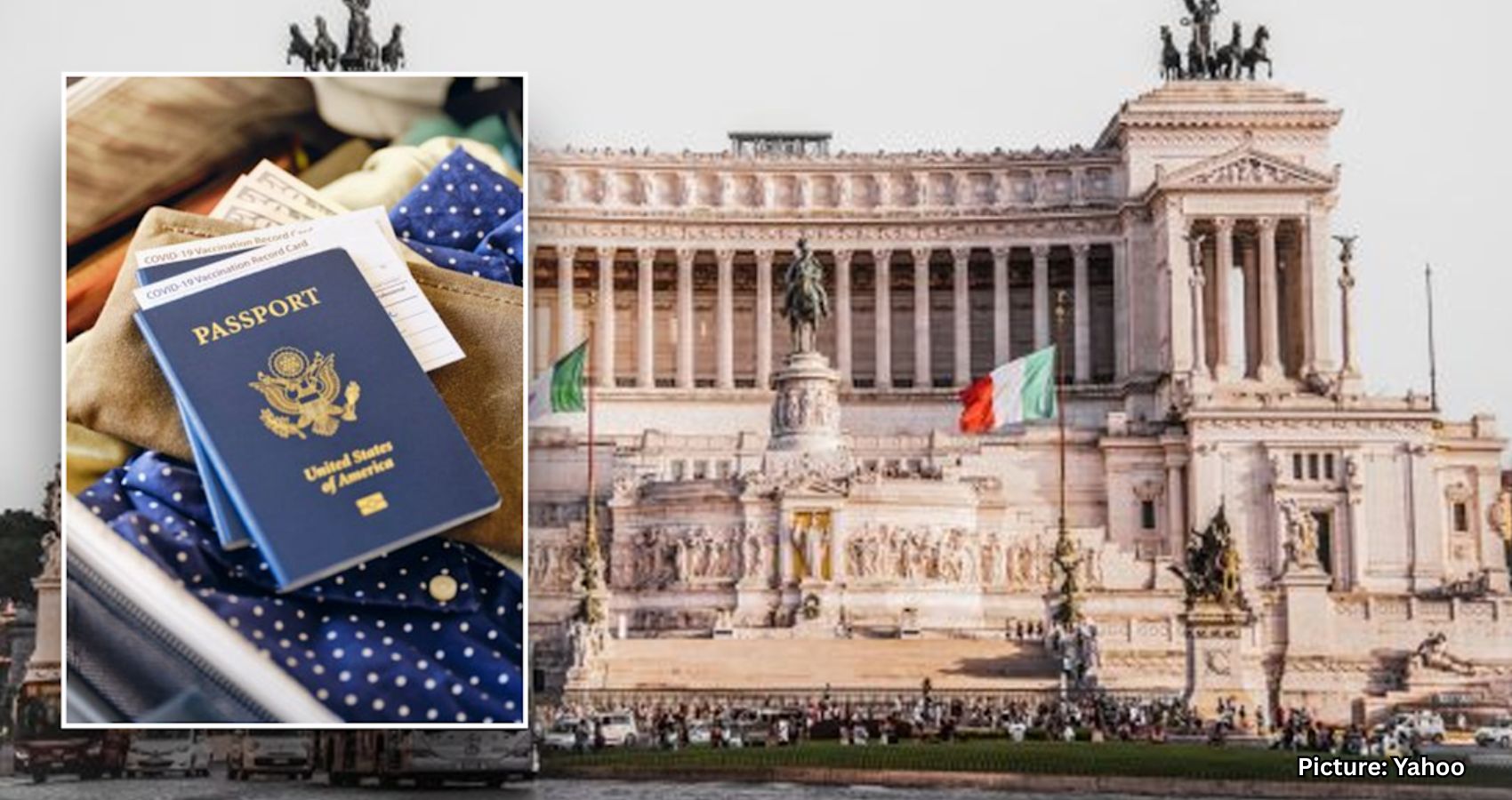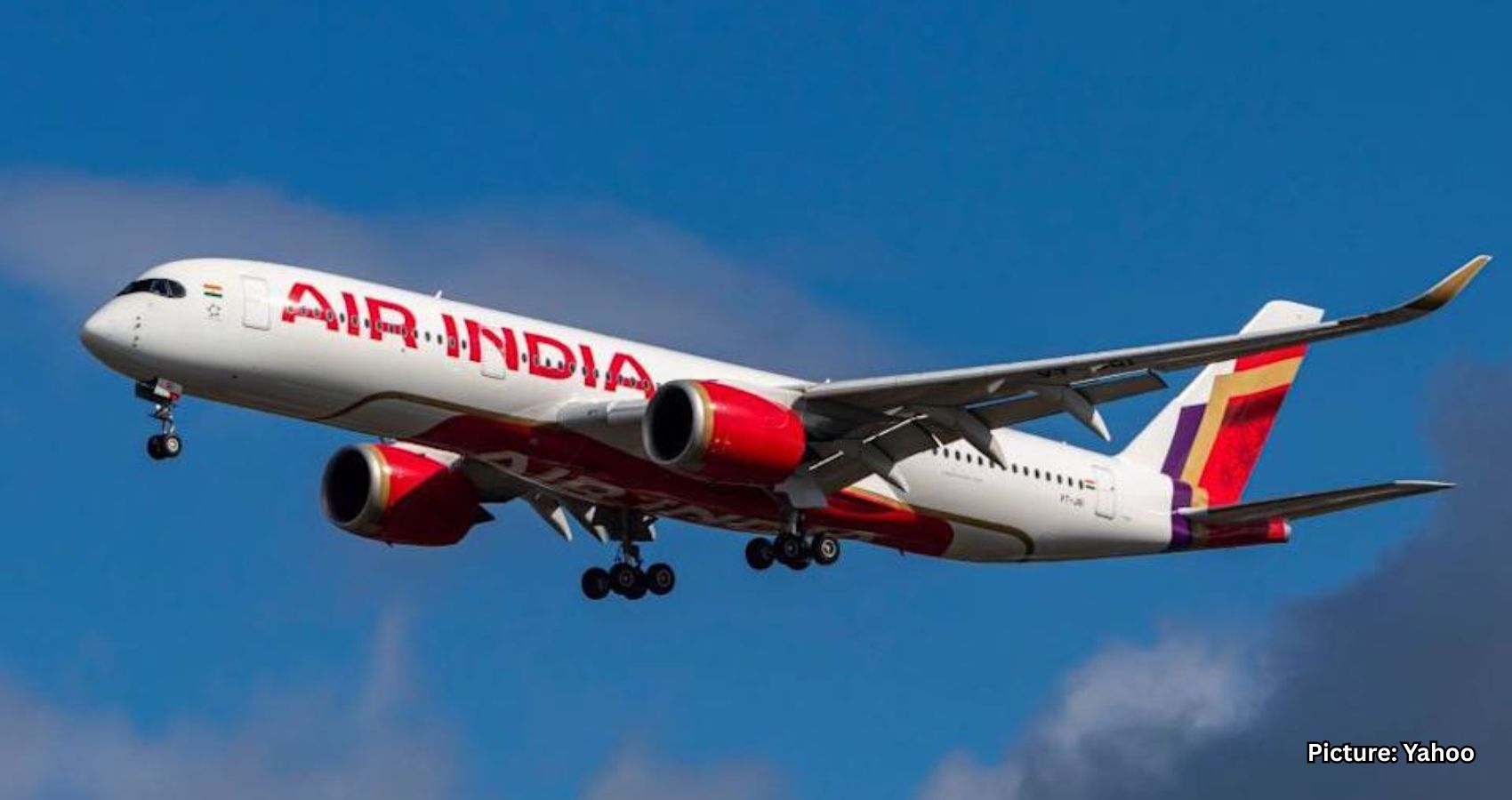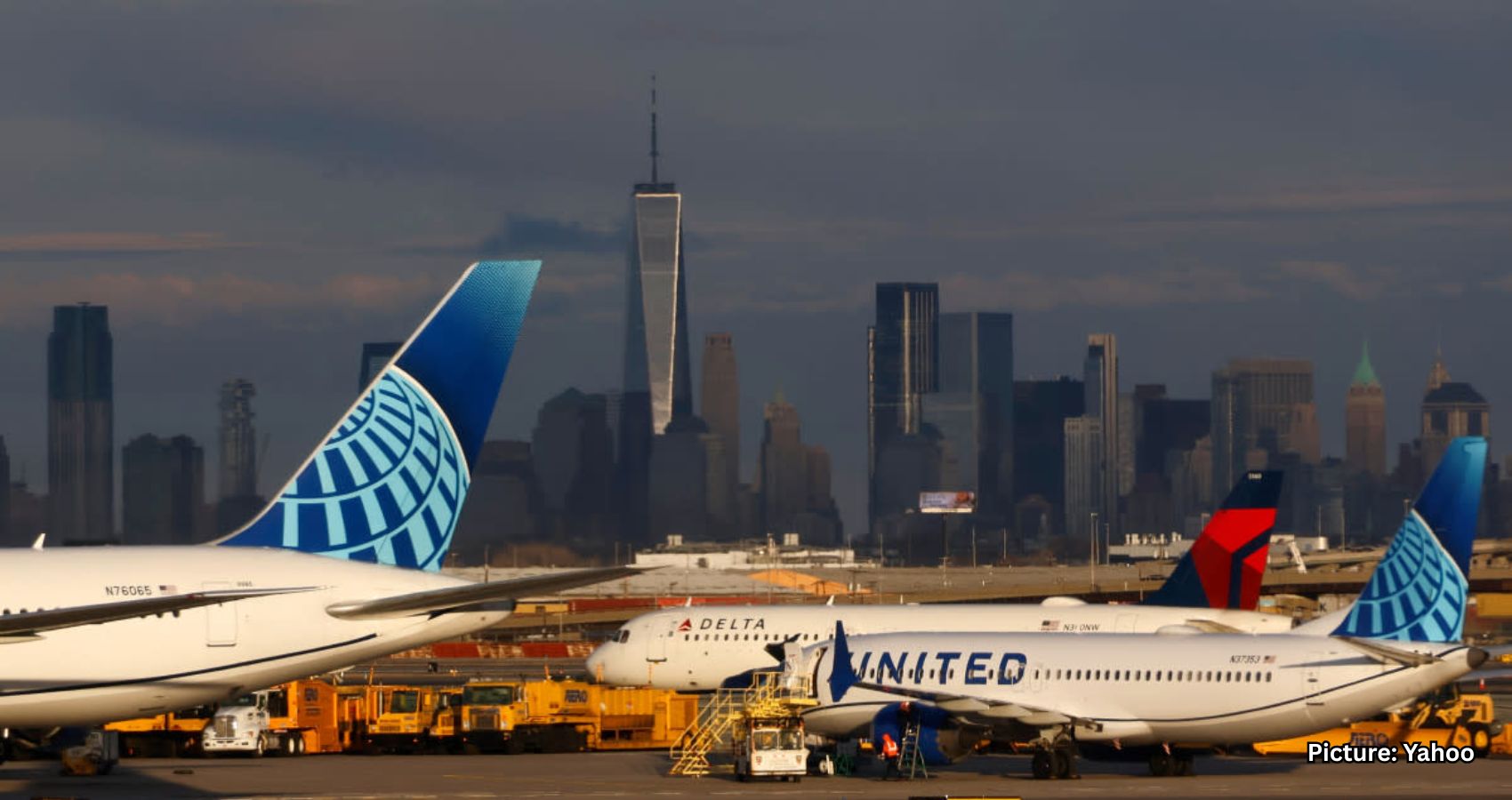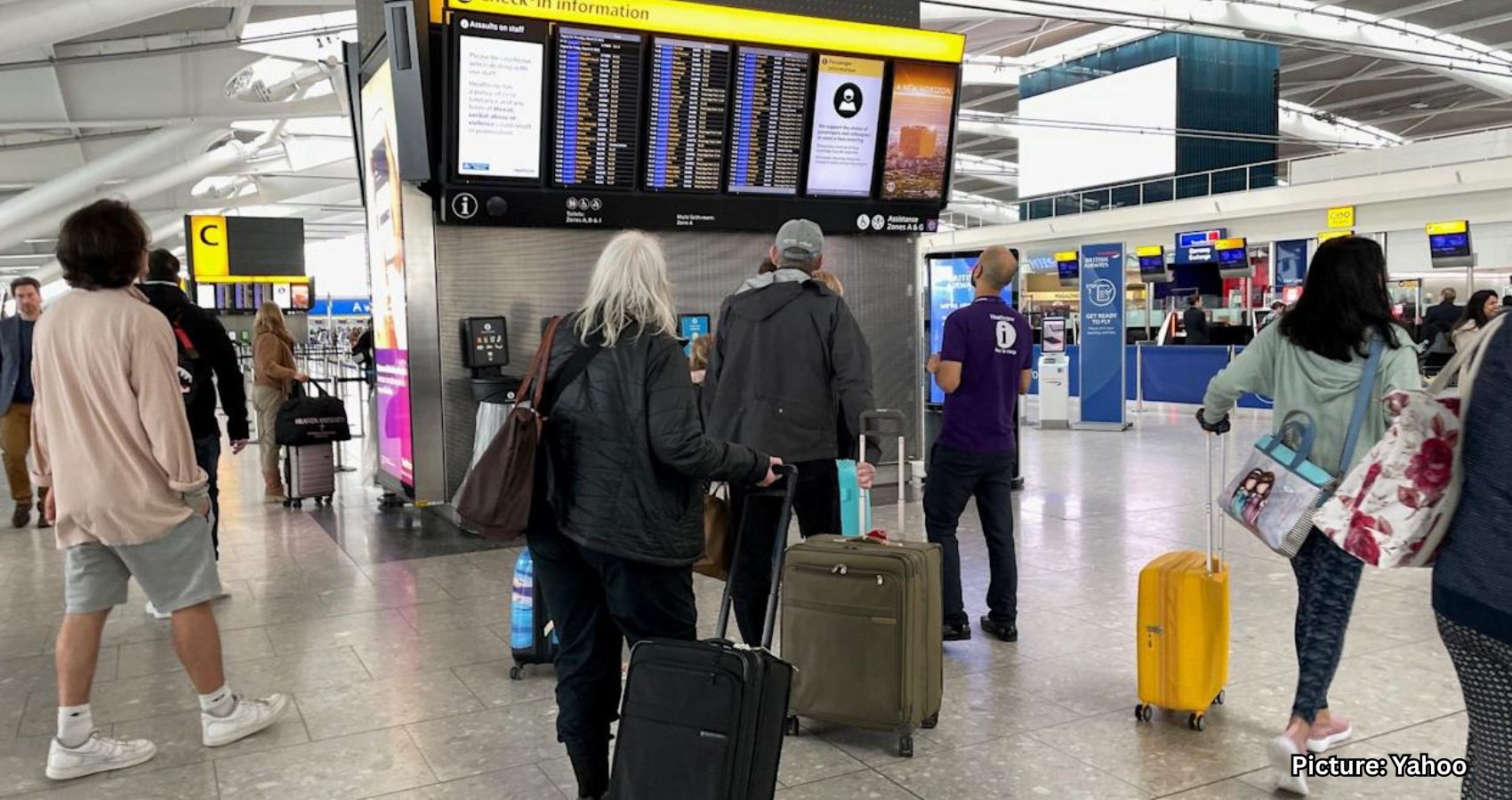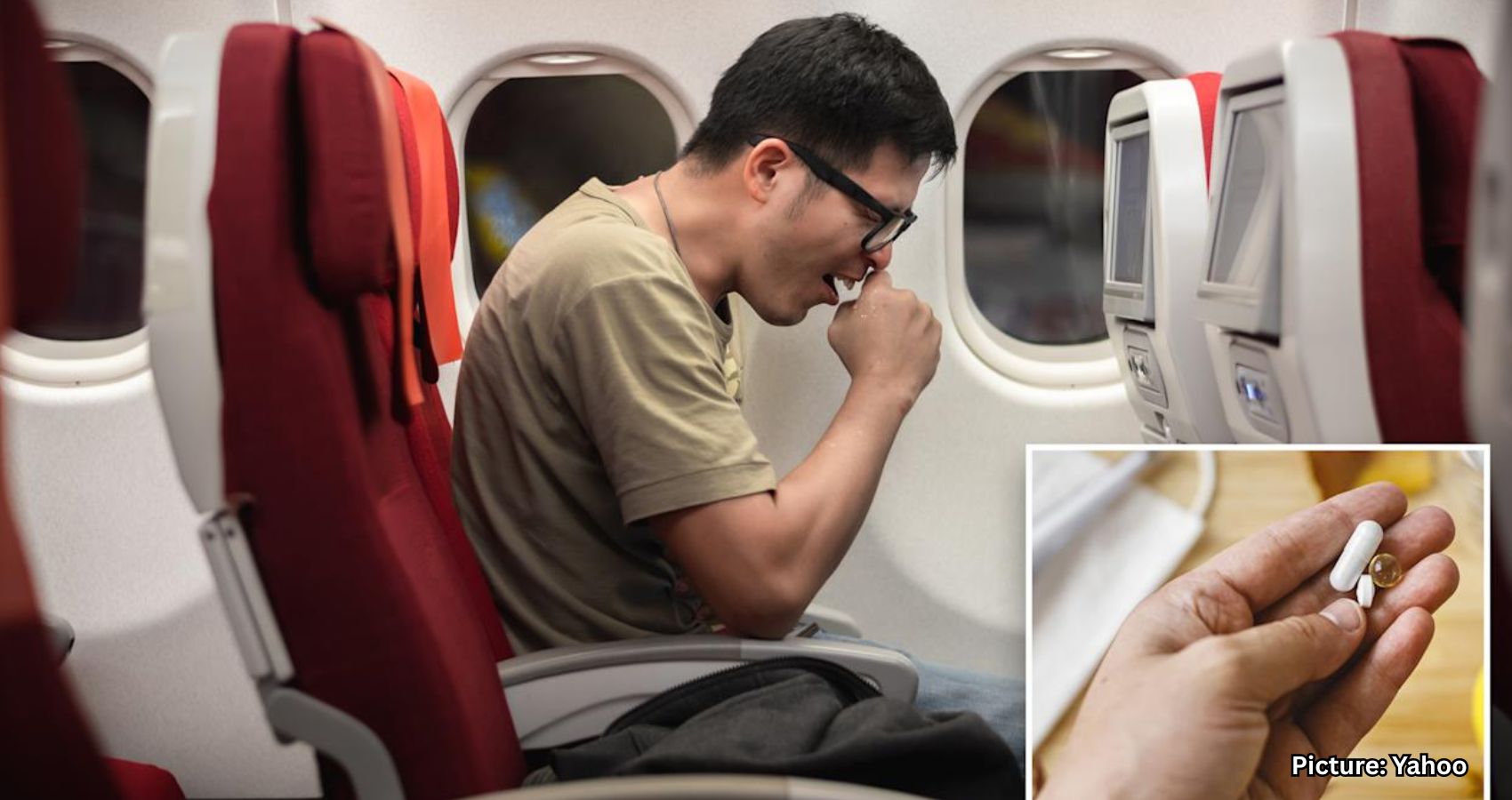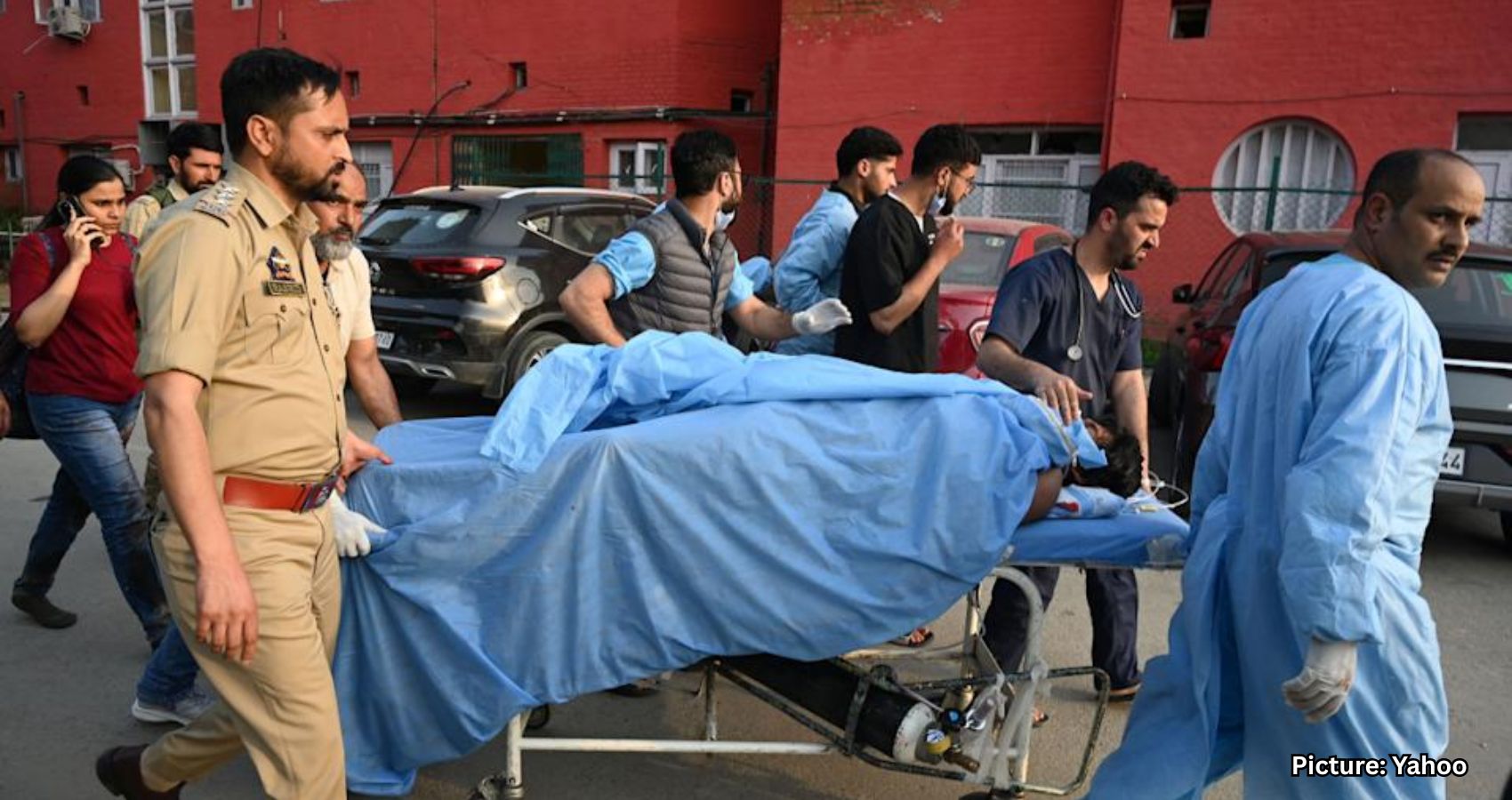set in Esztergom, Hungary
It was just an idea: that the two of them, Mother and Father, ought to go for walks together. Now that Father was making peace over the fact that his mother had died, he was feeling okay about starting a new walking habit with Mother. And so, there they were, dressed in tracksuits that fit tightly over their wrinkled skin, the kind of modern walking attire suitable for spring. Mother’s thin legs were well wrapped in black. Father’s belly peeked out from under his shirt, and Mother thought it was for the better. It would make for good motivation to lose it. As they walked, Mother said ,,Lassít lassít,” as Father had the habit of walking very quickly. Mother’s legs weren’t used to the pace, and it was hard for her to keep up. But then Father started walking too slowly, and Mother outpaced him. ,,You are being ridiculous. Don’t make me feel like a turtle,” she said.
They were walking right on the bank of the Danube River. On one side was the Mária Valéria Bridge, and on the other side was Štúrovo, one of the cities of Slovakia. Because these cities were all part of the European Union, sometimes they would cross into Slovakia just for the sake of it, walk around the town, and come back. Still, with the elegant stone basilica of Esztergom perched right on the top of its own little hill, the stone fortress underneath it sheathed by the coming spring leaves, there was little reason to stare towards Slovakia. Mother found herself much more inspired by staring at the impressive Catholic architecture of the town that had welcomed her husband as their doctor.
Mother and Father made their rounds up and down the bank. Mother found it very refreshing, given how little she usually went outside. The spring had a heat of its own that did not burn Mother’s skin but almost embalmed it. And she liked how bare and green it was underneath the fortress. There were no small winding alleys here, only the oak trees and the grass and the breeze from the Danube.
So, why did it have to be ruined by Hanna and Aranka walking on the very same path? Mother thought she’d only see them in the park of Szentgyörgymezö, when they’d be returning home from their own duties or sticking to their group of women from the neighbourhood. Did these particular two have the habit of walking together along the Danube? Mother did not know, despite having been neighbours with them for over four decades.
Nonetheless, pleasantries were always key, particularly with gossips. Mother made a face to Father and was about to motion for them to say hi, but she was shocked when Father went up quickly to them without any prompting from her. He was too tired to put on a smile, but he said ,,Hello, Hanna. Hello, Aranka,” with the warmth Mother usually saw him reserve for old-time friends or patients.
,,Good morning, Dominik,” Hanna and Aranka said at once, both with smiles. Then they faced Mother and kept the same smile, albeit with a bit of glassiness. ,,Good morning, Benedetta.”
,,Good morning, Hanna. Good morning, Aranka,” Mother said, facing each individually. Had it been only Mother with the two of them, they would have carried on with a few minutes of small talk. Mother would have asked how their day was going, they would have asked how hers was, and then they would have chosen to walk in separate directions and leave it at that. Mother preferred it this way. A long time ago, Hanna and Mother were friends, but Mother would find that any small thing she said about any person to Hanna would later be asked about by that same person to Mother, and in a confrontational manner. After having it happen three times, she decided to write off Hanna from her life. As for Aranka, she was a close friend with that doctor’s wife, Bagita, the one who had found Son giving a blowjob to a random man in their building some years back. Mother threw Bagita out of her friend circle, and since then Aranka was icy in her conversations with Mother.
But Mother was not alone with them. She was with Father.
He asked ,,Aranka, how is your back?”
,,It’s healing well, thanks to your prescription,” Aranka said, smiling so fondly that her double chin creased along with her eyes. ,,You truly are the best doctor this side of the Danube.”
,,I am not,” Father said in an attempt to look humble.
,,You are, you are,” both Hanna and Aranka chirped.
,,Look at my arm,” Hanna said as she showed it off. ,,The bone has healed so quickly.”
Aranka mentioned ,,Everyone in our building, they miss you at the hospital so much.”
Mother felt like adding something. ,,Yes, dear, you are truly great.”
But no one made eye contact with her, and Hanna changed the subject.
,,Did you know I have entered into the fishing tournament?”
,,Don’t be nervous,” Father said. ,,You will do great.”
,,I’m not a good fisher. I don’t know why I did it.”
,,There are few women as brave as you,” Aranka said. ,,Don’t be hard on yourself.”
,,Anyways, we’ll see what happens. If I lose, Dominik, you will be the one who has to pay my entry free!”
,,Fine, fine.” Father put his hands up as if he were being accused of a crime. But he looked away, lost in a smile. The women laughed, and both took tugs at his shirt, which Mother did not like, particularly given how tight the shirt was, to the point that it was not only visible that he had a belly but also several red skin tags under his neck and chest hair.
,,Well, well, we ought to get going,” Mother said, smirking annoyedly with her eyes. ,,But it was nice to see you.”
The three of them, however, kept speaking as if no goodbyes had been said.
,,And how is the garden?”
,,It is growing well. You must come see it.”
,,Aranka, you never invite me to your garden.”
,,It is because you are such a bore whenever you come to see it! Hanna, tomatoes are meant to be enjoyed, not compared!”
The laughing amongst the three of them didn’t stop, and it was so loud that even onlookers who were trying to have their own solitary walks on the bank found themselves distracted and stared.
It was so annoying to Mother, all the attention.
,,Don’t you have a phone call at nine?” Mother told her husband.
,,Yes, yes,” Father said, nodding. “She is right. Bye, Aranka. Bye, Hanna.”
,,See you soon,” they said to Father as he and Mother walked on.
Mother and Father did not say anything to each other as they continued their walk. Perhaps it was because the day was just starting, and they were walking as quickly as possible to avoid getting affected by the morning chill.
After talking to these two, however, Mother saw a huge difference in Father. He had a big smile on his face, and his eyes were brimming with energy and excitement.
,,Hanna entered the fishing tournament on my suggestion,” he informed Mother. ,,Did you know?”
,,That is great,” Mother said, politely.
Father went on.
,,She doesn’t believe in her skills. She thinks she is good at nothing. It’s her husband’s fault. He says the rudest things about her…”
All the while Mother puzzled over her own thoughts.
,,…And about the gardening…I understand how Hanna feels…”
She hadn’t seen Father act this excited when he spoke to just her.
,,…To be honest, Aranka is not a good gardener…most of her produce dies, and the tomatoes she grows are very small…”Mother thought to herself that she had not even seen Aranka’s garden recently.
,,…You will come see the garden someday…”
Only Mother wouldn’t, because these two women never invited Mother to anything.
,,…Then you will see how small her tomatoes are, and you will feel good…”
The women only gossiped about Mother, making all sorts of comments about the naughty things Son did, the things that went against the culture of the church, the things that would make him hunted on the streets by those who supported Orban.
,,…You used to love gardening, Benedetta. Why did you stop taking it seriously?”
Because Son came out as gay, and her mind became a mess, and all she could focus on was how horrid it was, that Son was going to be one of those whom society hated, and she’d have that stain against her in the eyes of this community for the rest of her life.
,,Anyways, it doesn’t matter. Come with me next time when Aranka’s garden blooms. She is trying to sell some of the produce. We can buy some of her pumpkins.”
If they had invited she would, but why should she come otherwise? And just to buy pumpkins? What was Father saying? Why should they buy pumpkins from people who actively spread bad thoughts against them?
,,Benedetta, are you listening to me? What do you think about all this?”
,,I think you’re an idiot.”
,,What?”
What was right. Benedetta had blurted out those words without thinking. But something about saying them didn’t feel wrong, either. Usually, Mother was the one who was in the habit of talking and Father was always the one listening. She wasn’t used to him suddenly becoming so opinionated. She also didn’t like that the two women were becoming his friends.
So, she was emboldened to say it again.
,,I said, I think you’re an idiot. You heard me right. You’re an idiot. Do you know who these girls are? Do you remember what they were saying about our son? A buzi, they called him, openly and everywhere.”
,,But Benedetta, our son is a buzi.”
,,You idiot,” Benedetta said, this time spitting out the words. The word buzi was a very strong insult. The idea of anyone saying it about their own son filled Mother with an anger, regardless of whether it was true or not. Of course, she knew that Father had meant it as a fact, that for him it had no meaning, but this angered her even more.
The thought that their son was openly practicing his homosexuality, with no concern for how the neighbours or the family perceived it, filled Mother with a strong stifling feeling, and she loathed how free Father appeared to be from it.
Father interrupted her thoughts.
,,You cannot keep calling me an idiot over and over again. I just think you’re jealous. These girls and you don’t get along, but we’ve become friends.”
,,What do they say about me?” Mother asked.
,,Nothing,” Father said, and he chuckled. “Benedetta, the world doesn’t revolve around you and your anxieties. You’d have better friendships if you tried to get to know them rather than made everything about our son all the time.”
,,I don’t need any friendship advice from someone who doesn’t have a single friend in his family.”
It was Father’s turn to turn red. It looked like steam would come out from his ears, he was getting that flustered. He turned away from his wife and looked hard at the river.
,,I think it’s best that we don’t speak for some time,” Father said. ,,Let’s go home.”
,,Fine,” Mother said. She also tried to look at the Danube as they walked ahead. After a few minutes of silence, her mind started to cool. She started to feel a strong sense of humiliation rather than anger, particularly given how crassly she had spoken to her husband. She wanted to apologise immediately. Still, a part of her felt she was right to express her grievances, and her ego was not ready to come to terms with it.
They reached one of the curving alleys that would take them upwards towards their house, a cottage amongst a row of others. Mother grabbed Father by the shirt because she couldn’t bear it anymore and had to say sorry.
But it was Father who said ,,Sajnálom.”
,,I’m sorry?” Mother repeated, confused. It was she who had insulted him, she who had made a fool of him in public just for having friends who happened to be on bad terms with her. Mother asked ,,What are you apologising for?”
Father was still red, but now it was more in the cheeks rather than all over his face.
He said ,,I’m sorry for everything you are going through. I wish I could be there more for you, but I don’t know how to be there.”
Mother took both of those red cheeks in her hands. She didn’t know what to say to that, and it took her a long time to compose an answer in her mind.
Finally, she said ,,I have God there for me. I’ll always have you as well, in your own way. You have no reason to apologise. I apologise for what I said today. You are a great husband.”
With both sides having apologised, Mother and Father walked on, hand in hand. Mother felt good about where they had left things, but she had the feeling she wouldn’t accompany him on any more walks. She wanted him to take his exercise seriously, and she wanted him to have friendships that didn’t involve her. Plus, the time would be better used for her prayers anyway. Father was also right that she used to love gardening. Perhaps it would be better for her to garden. Yes, she could garden, and Father could make friends, and they would find a new kind of joy that way. Mother would be happy, both for herself and also for him.


